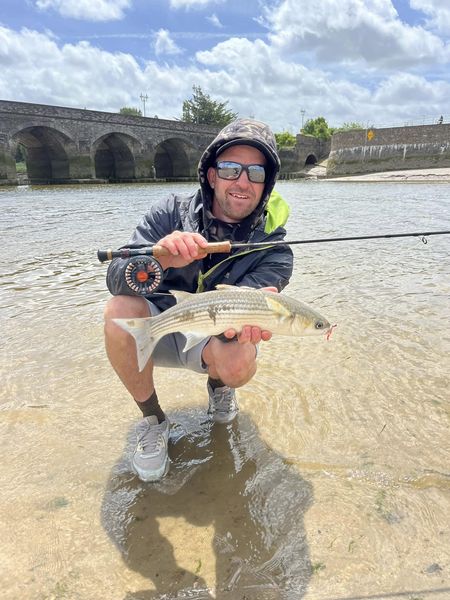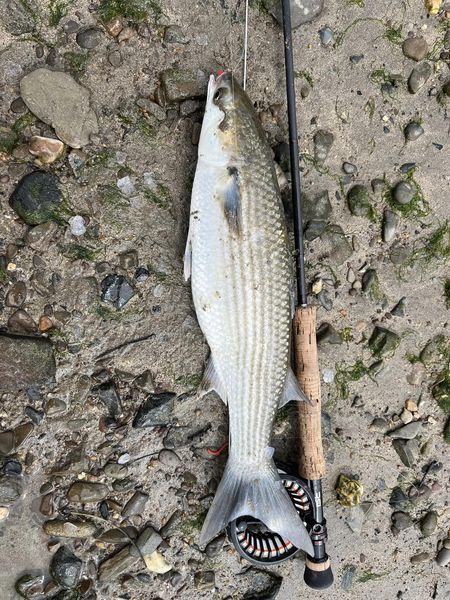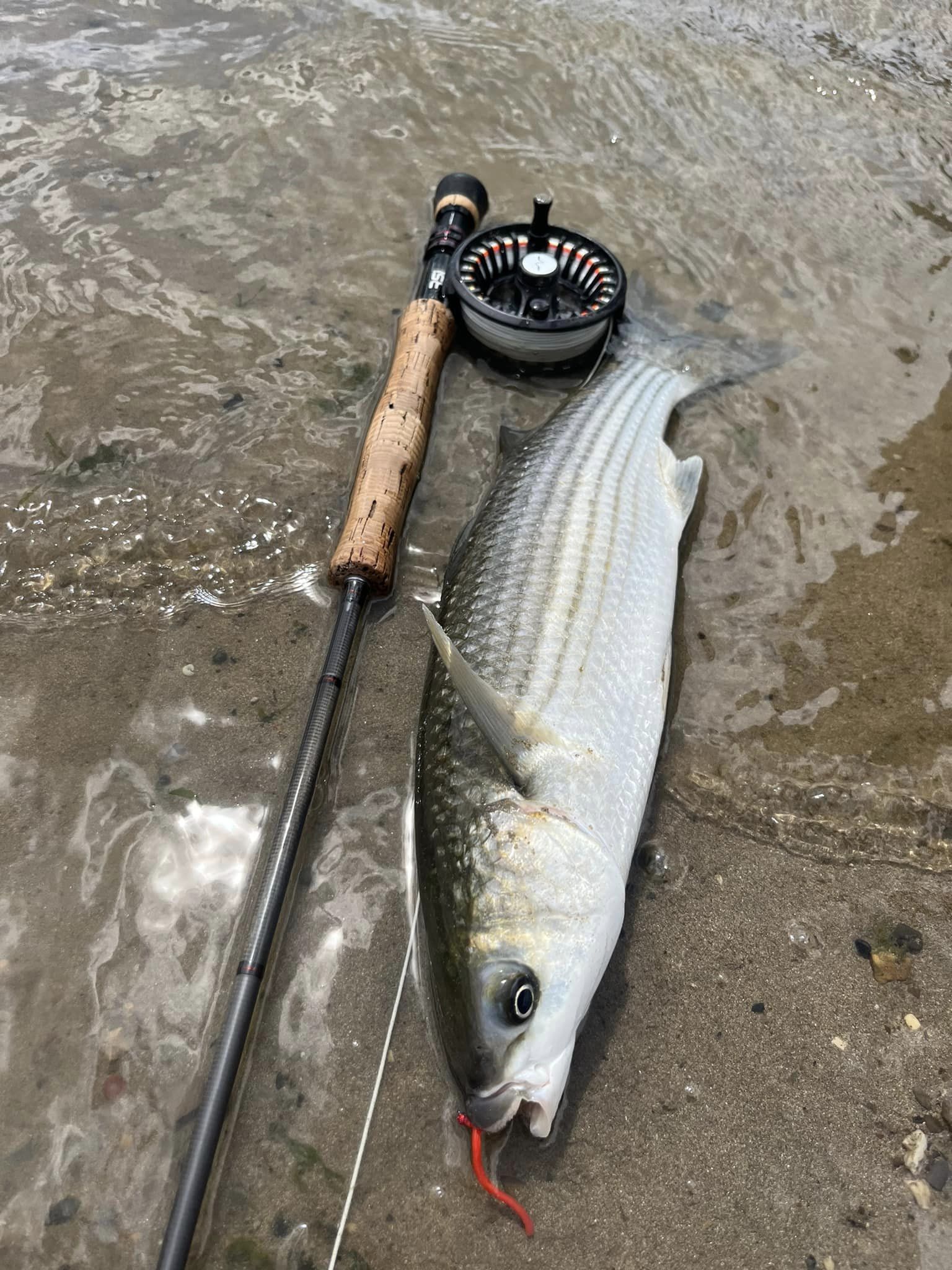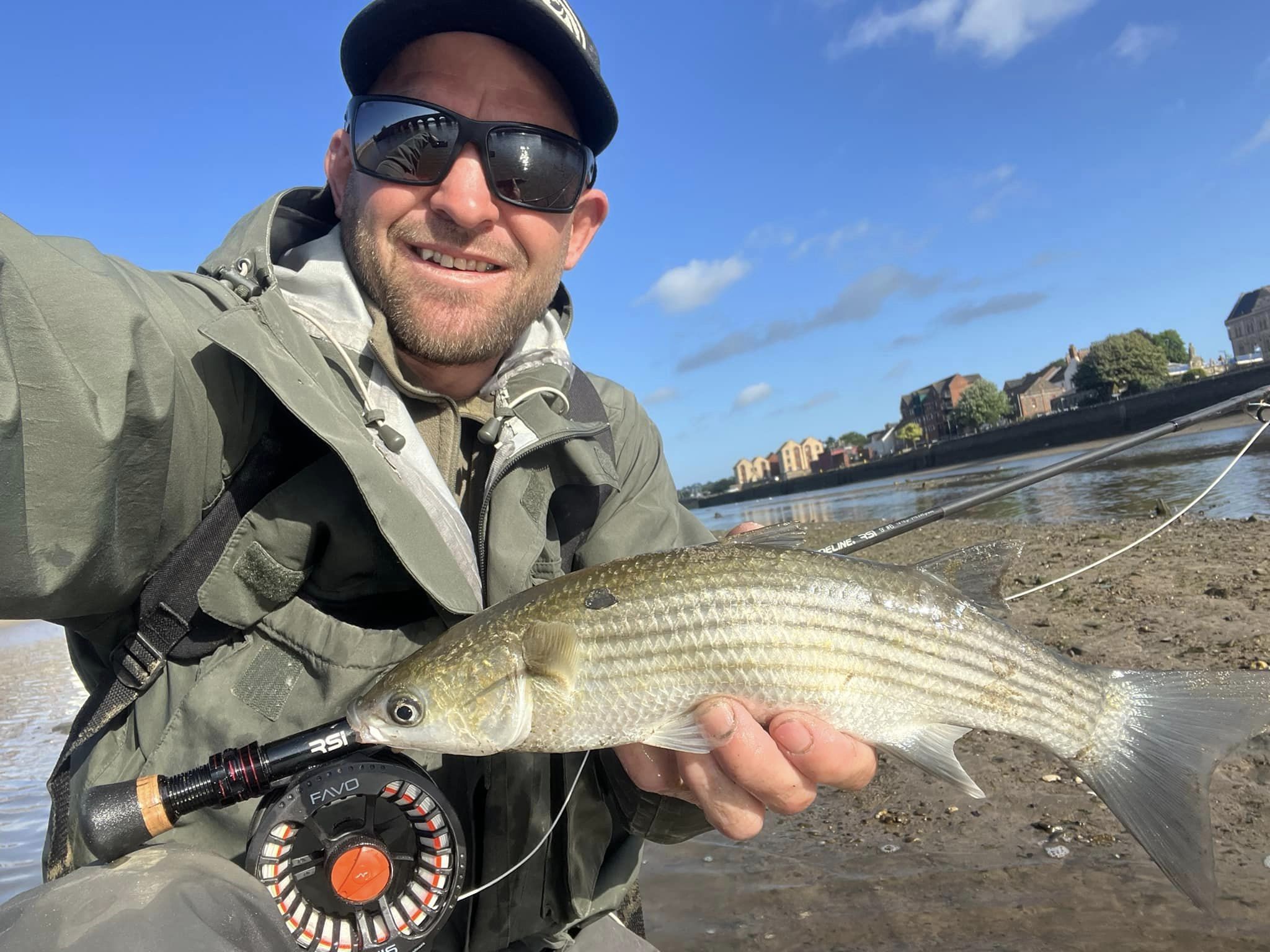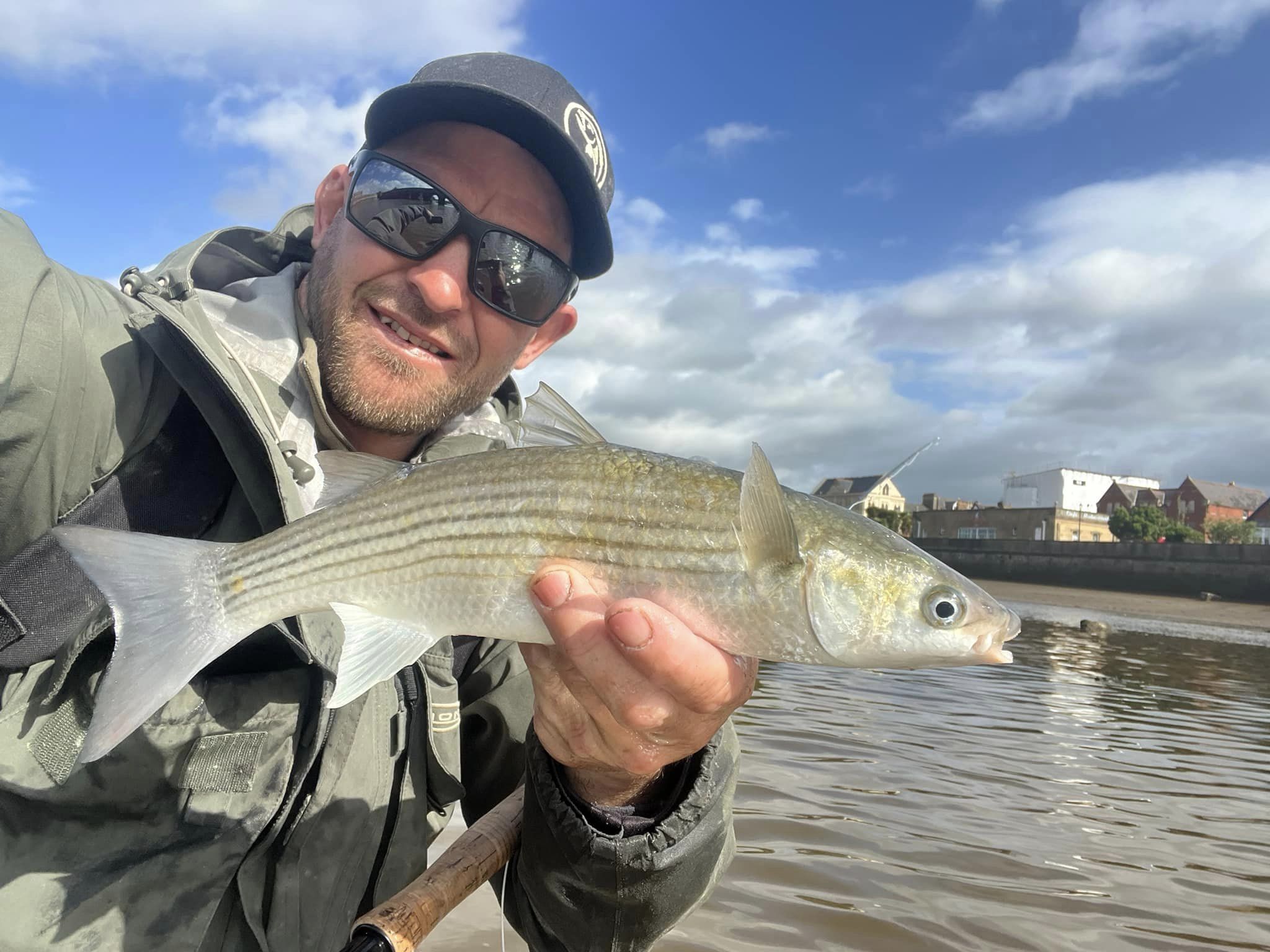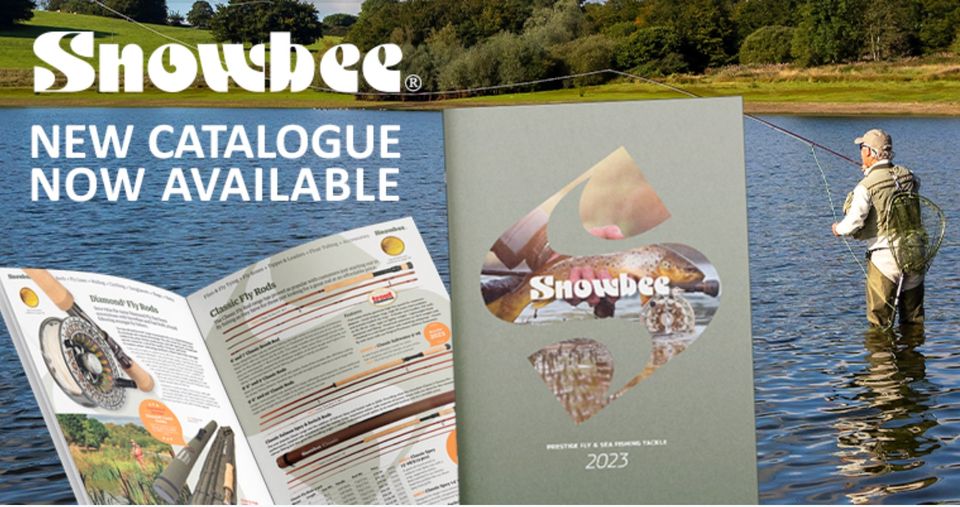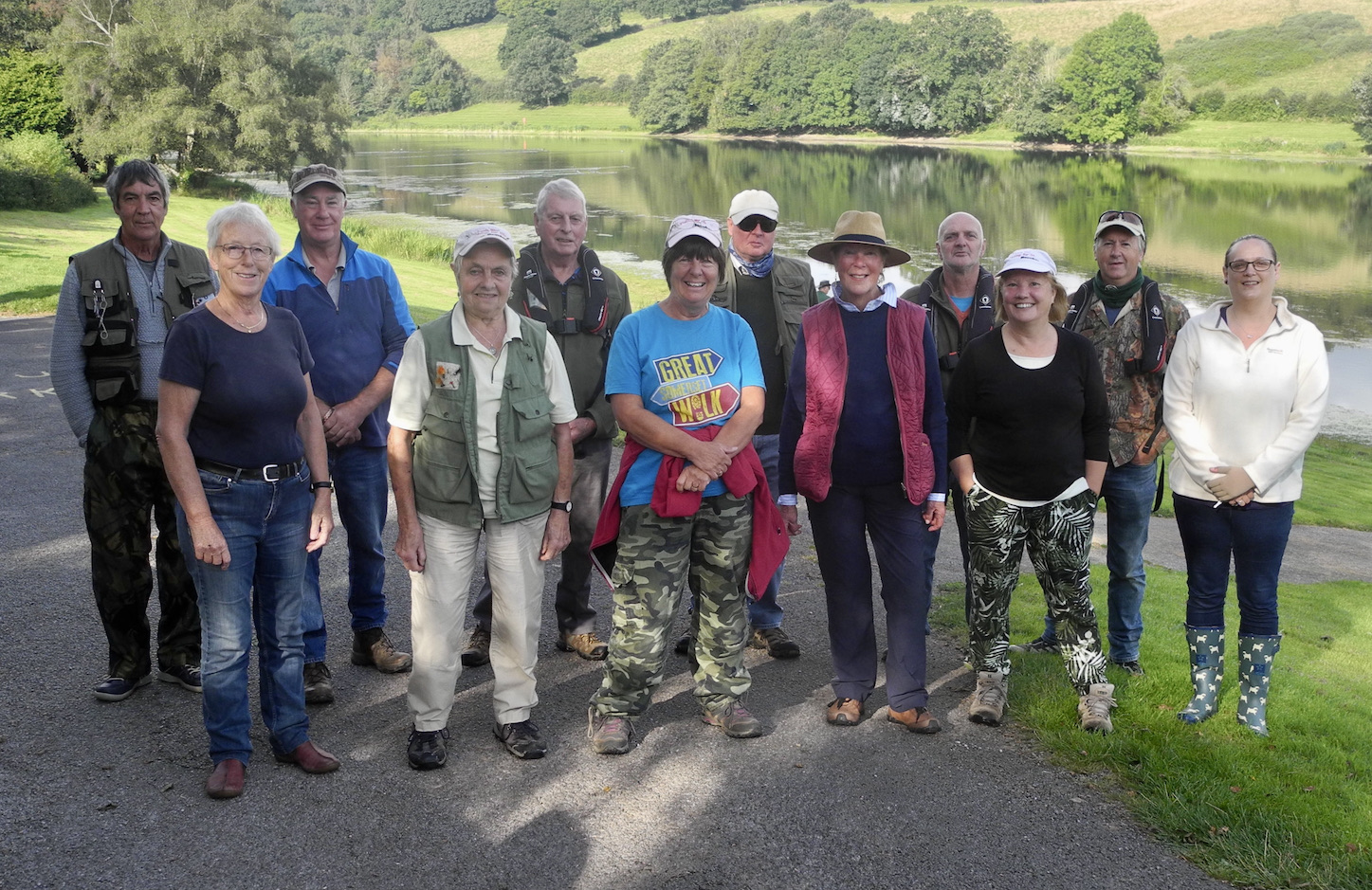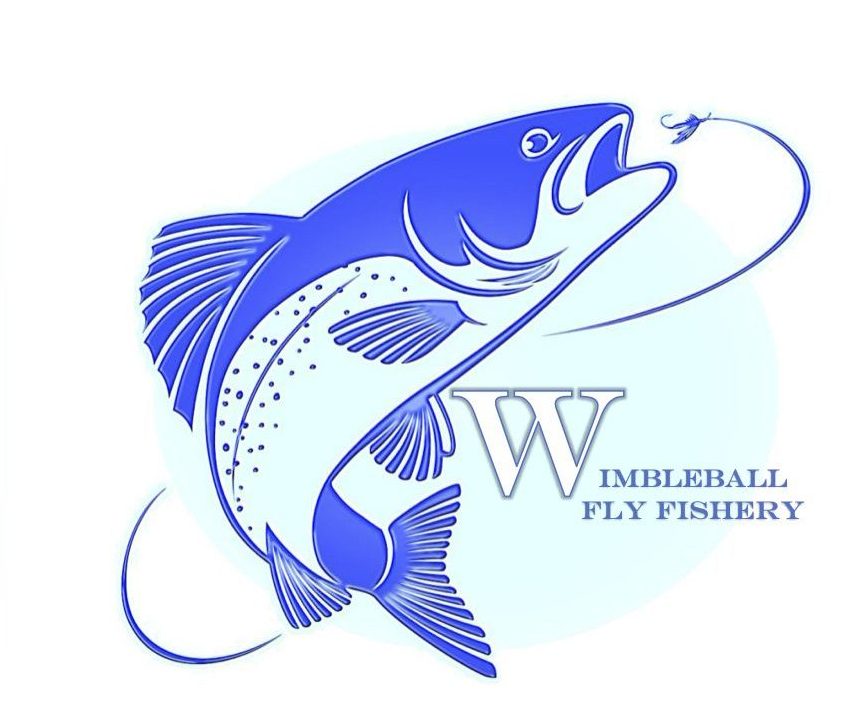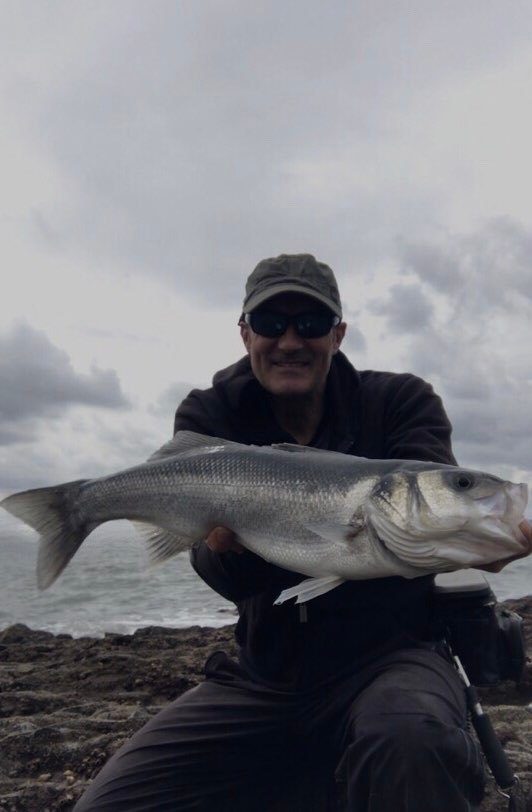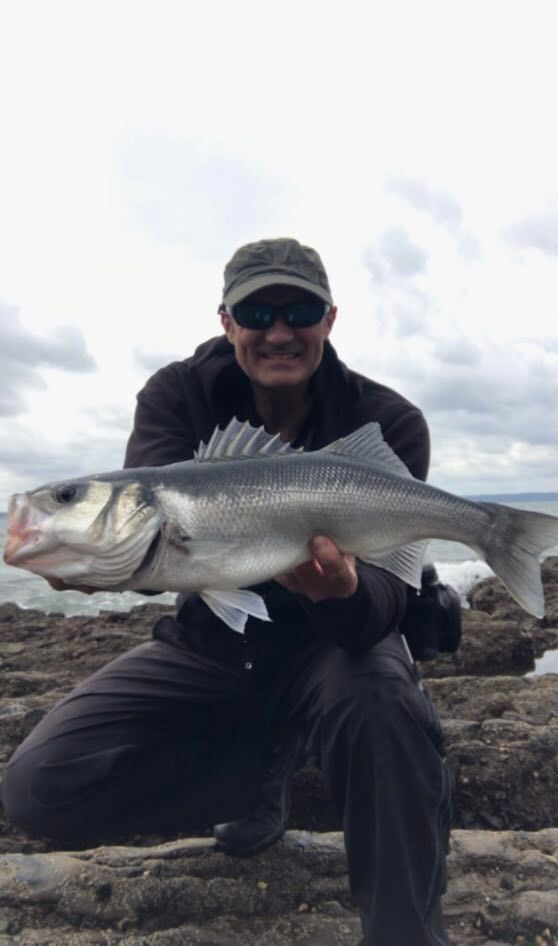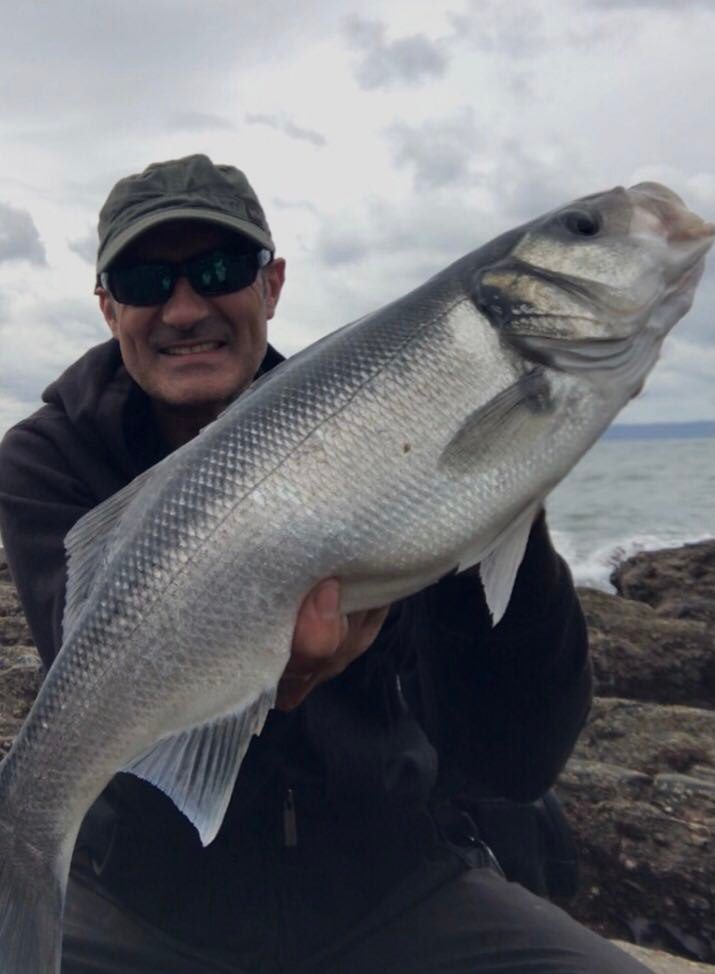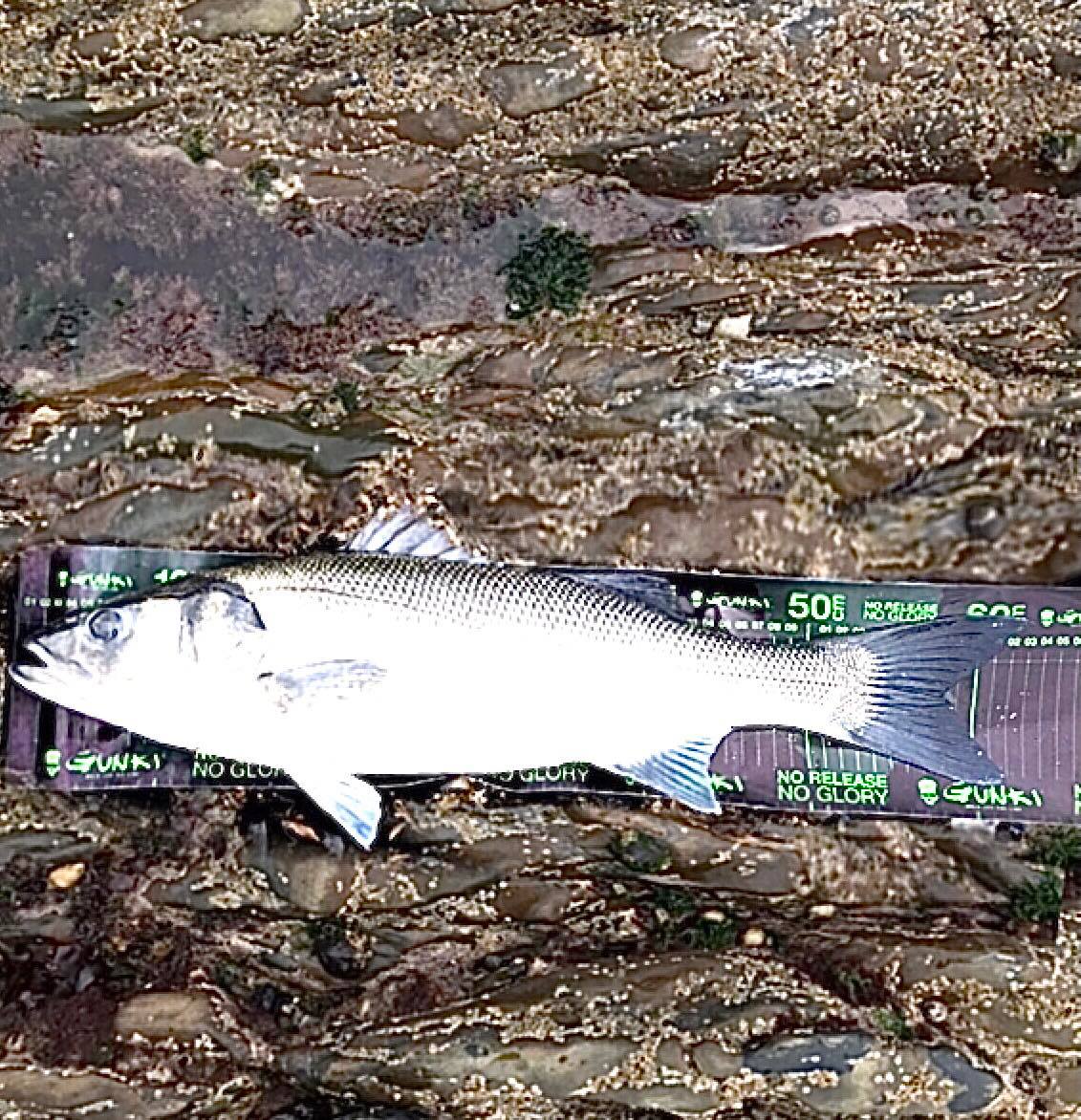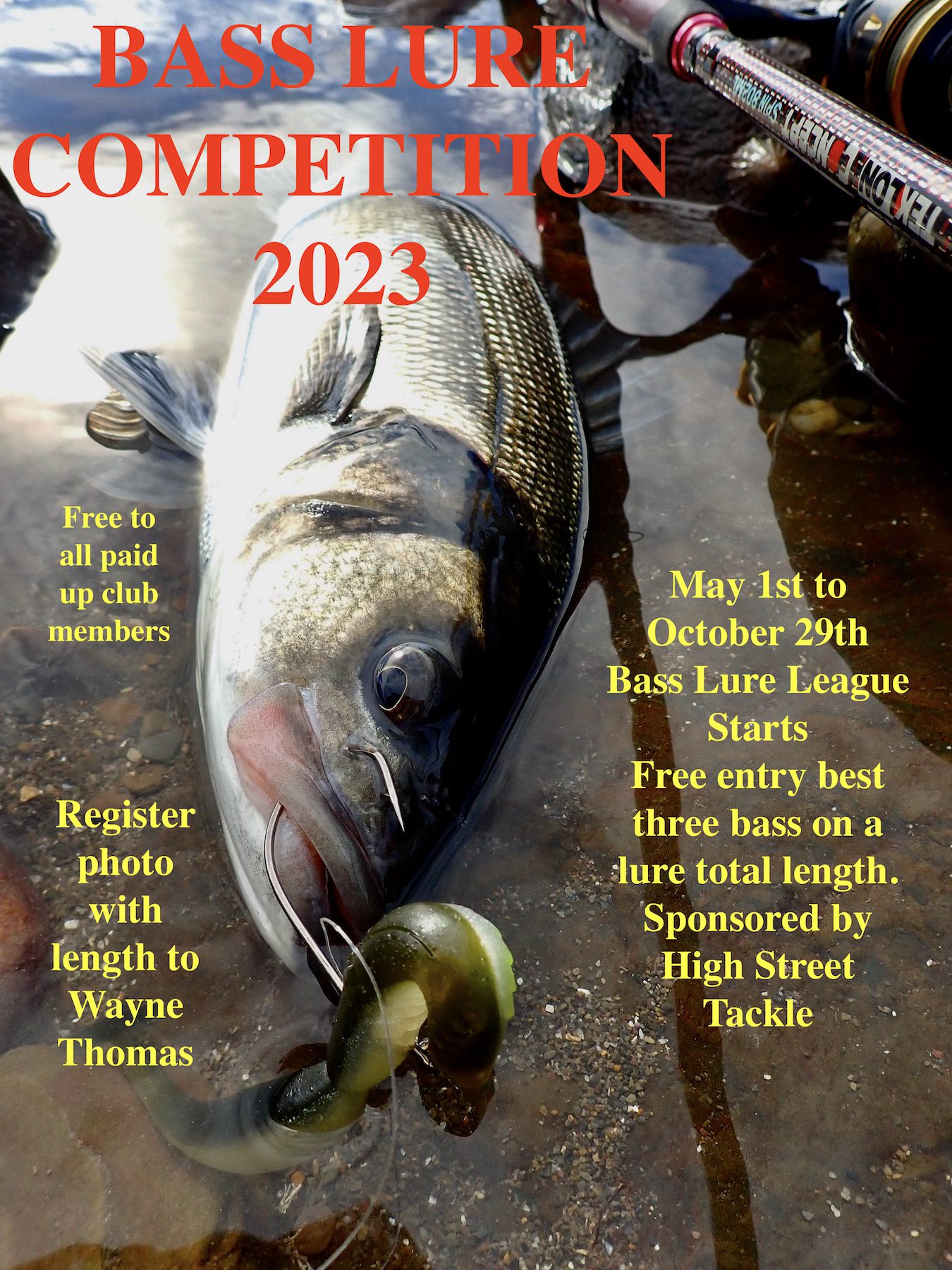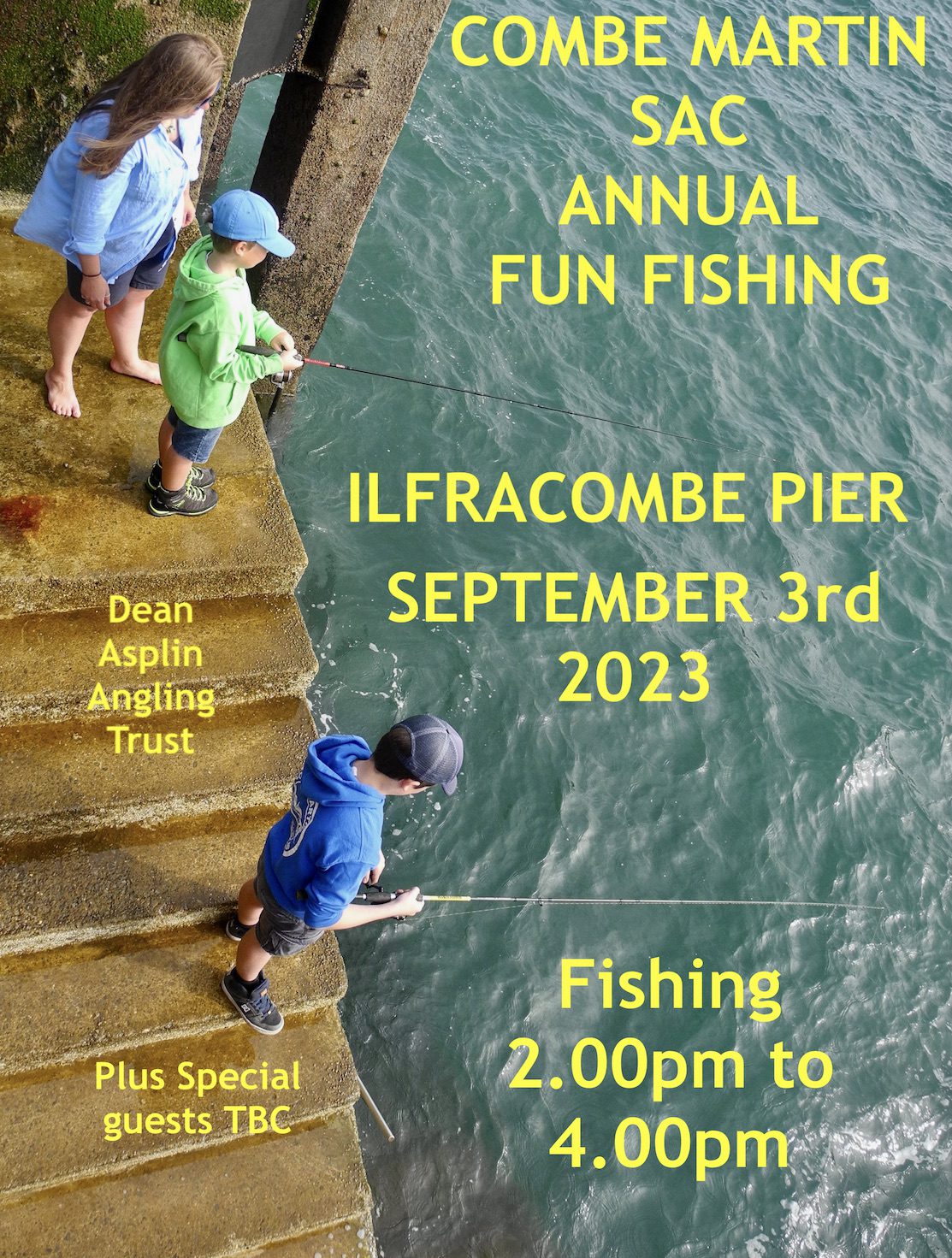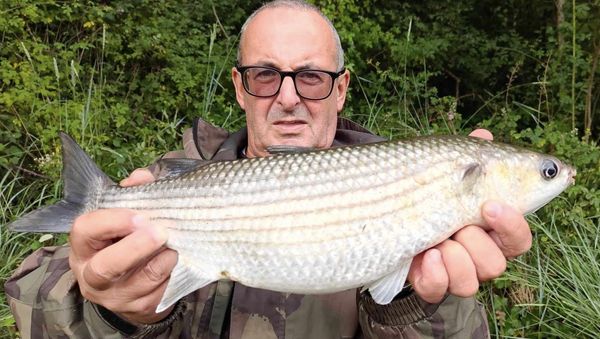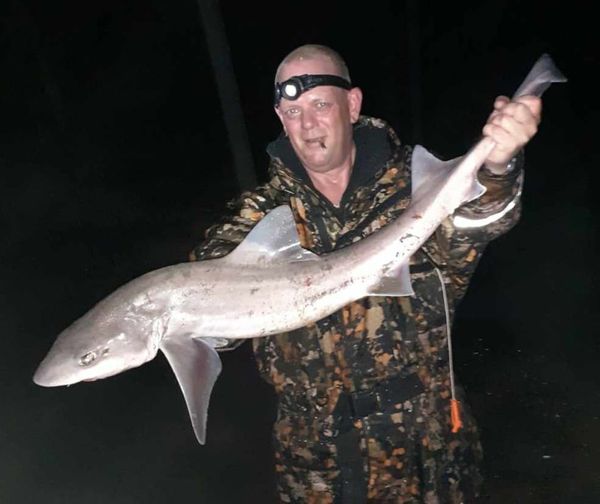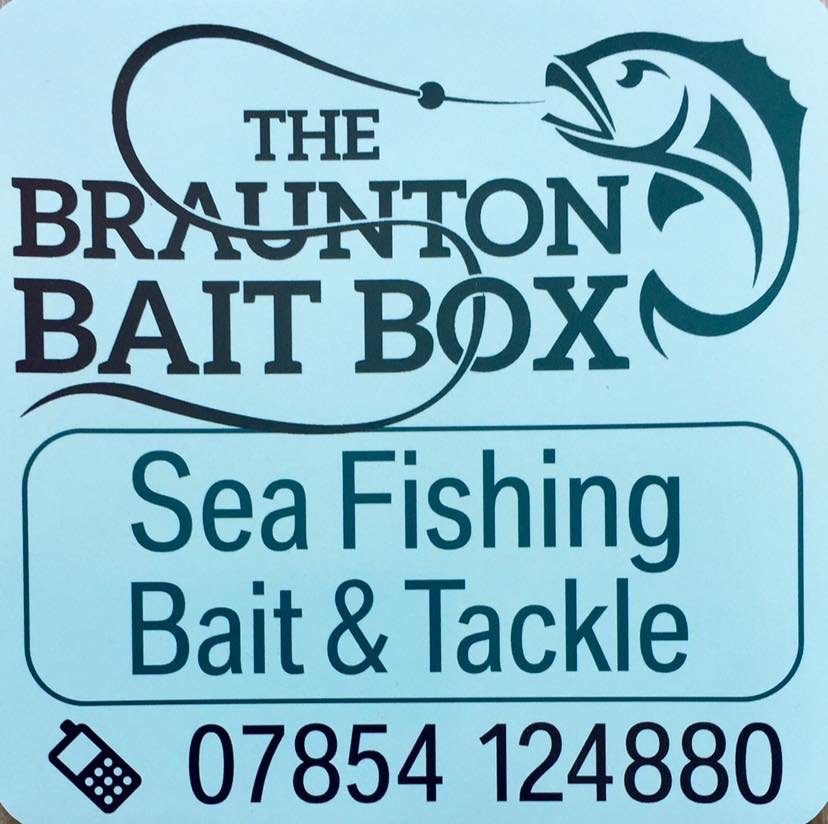
Combe Martin SAC member Kyle Bishop has caught a massive shore caught tope weighing 61lb 9oz. The huge specimen was tempted from a North Devon rock mark and is the biggest tope caught from the North Devon shoreline in thirteen years. This year is proving to be an exceptional year for predators with large amounts of bait fish in the region and some excellant shark fishing off-shore. Congratulations to Kyle on landing such a superb specimen and getting an excellent picture of the fish. Below is Kyles own account of the capture of a very special fish.
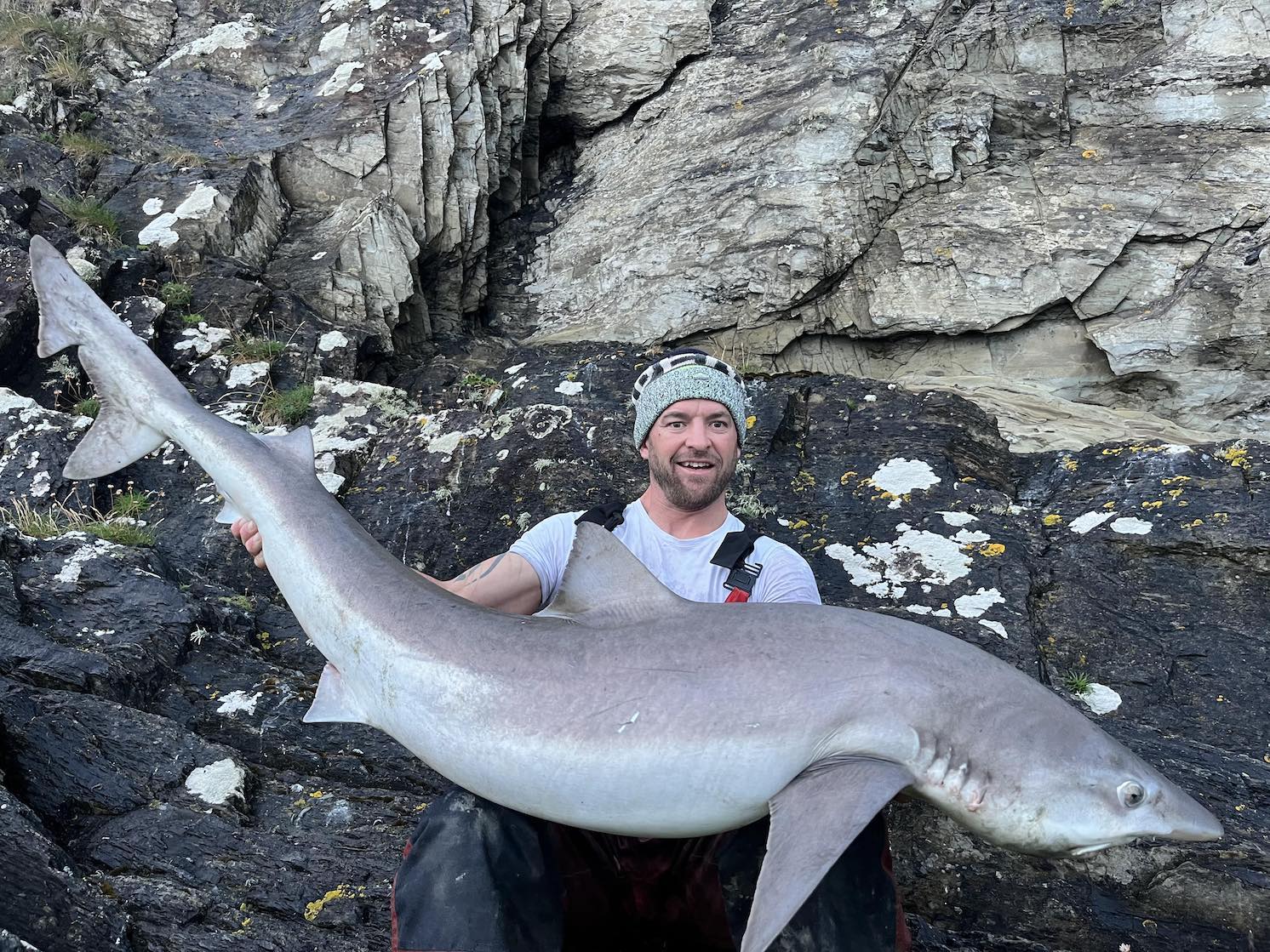
“Well after not sea fishing for a few months putting a few hrs in on the flyrod, I was getting the bug to chuck a few big baits, early last month got on phone to Tyler Roffey after seeing some bad weather coming through big swells and strong sw winds, we set out on a short window before it got to rough to fish a local mark. Got on the mark just as it was getting light set up 1 rod blasted big maki bait out for tope, set fly rod up for bass after 15mins Tys shouting my rod was going, running across the rocks to find rod in full arch and line peeling off, first run was incredible put some drag on and managed to turn her, after a back n forth battle Ty went down and put it straight in the net, I dropped down to give him a hand when I realised what we had, quickly sorted scales and sling, she went 61lb 9oz first cast back in to the big blue and a new personal best ![]() quick pic and back she went, fish of a lifetime still buzzing now and believe I’m only the second ever person to have a 60lber from the shore on the north Devon coast line yes now top man Ty for landing it and pics”
quick pic and back she went, fish of a lifetime still buzzing now and believe I’m only the second ever person to have a 60lber from the shore on the north Devon coast line yes now top man Ty for landing it and pics”
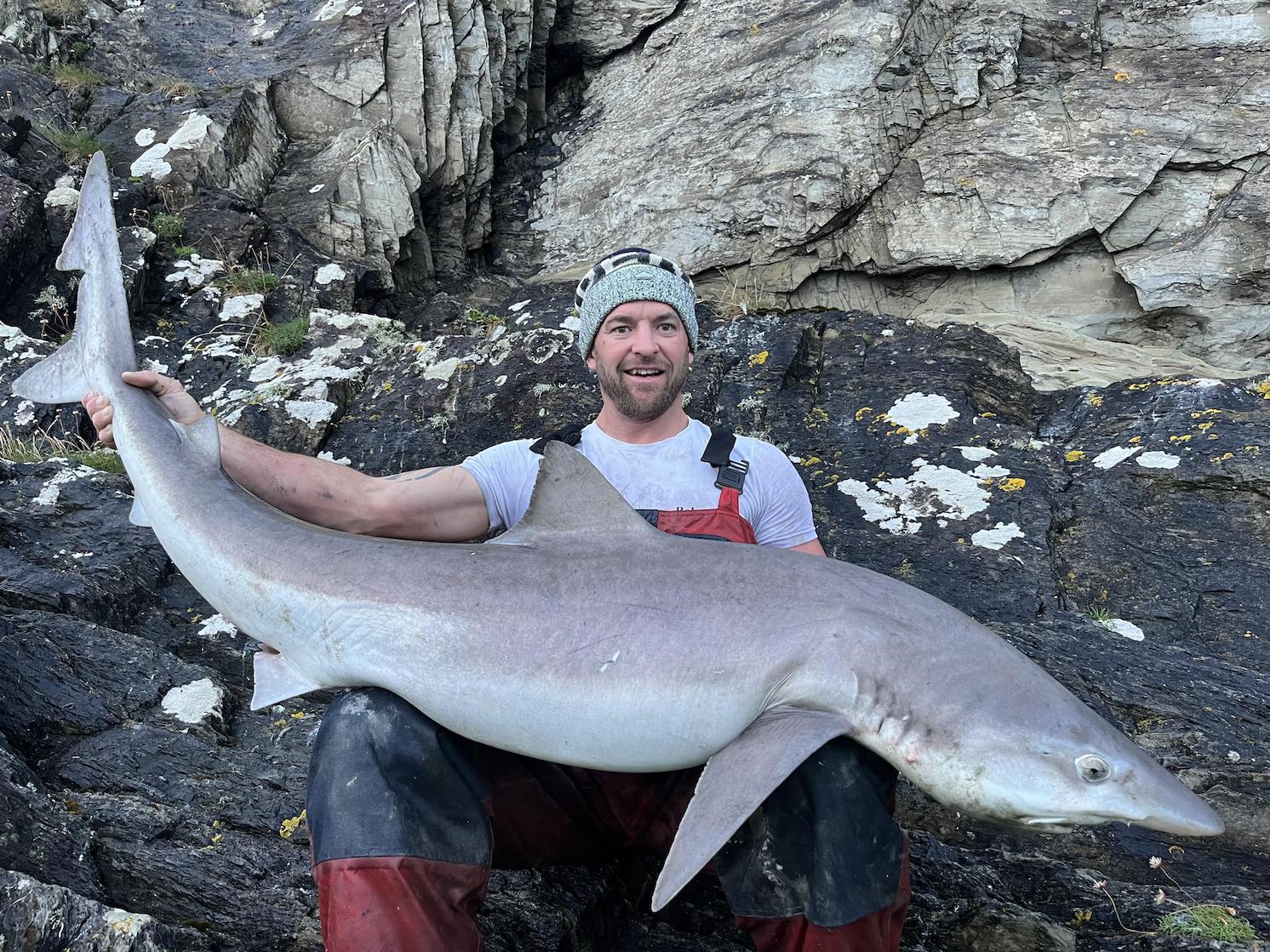



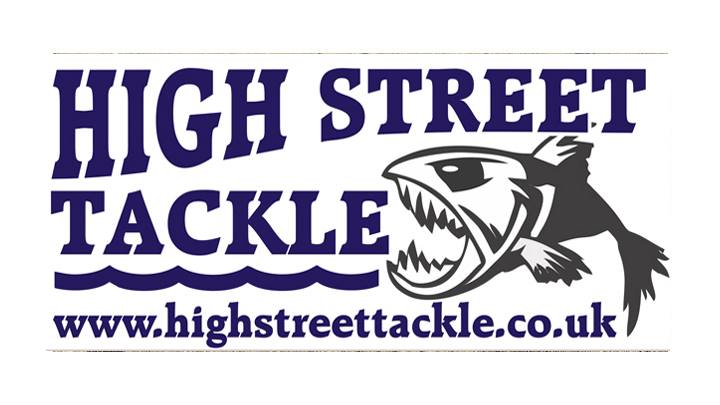
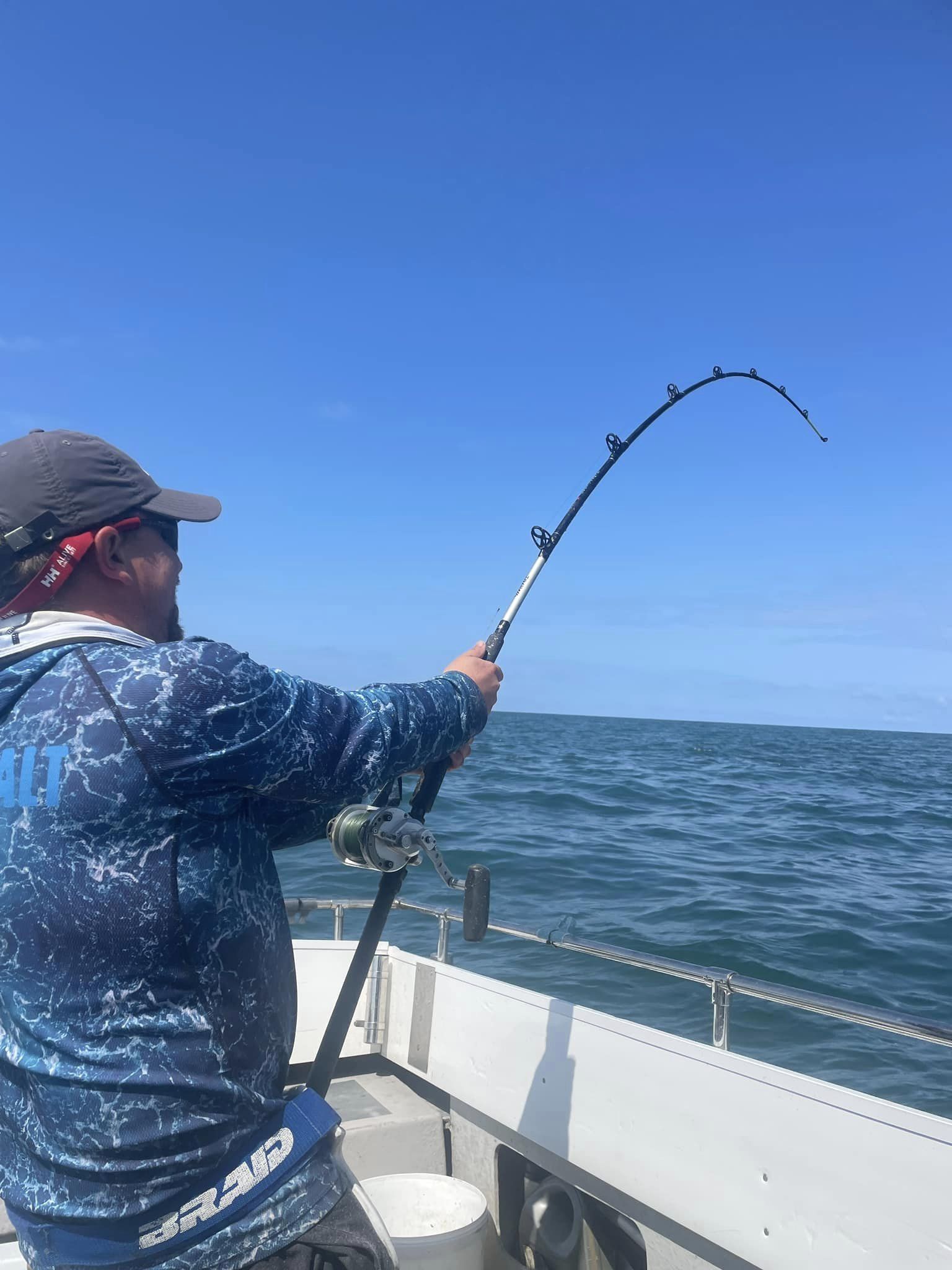
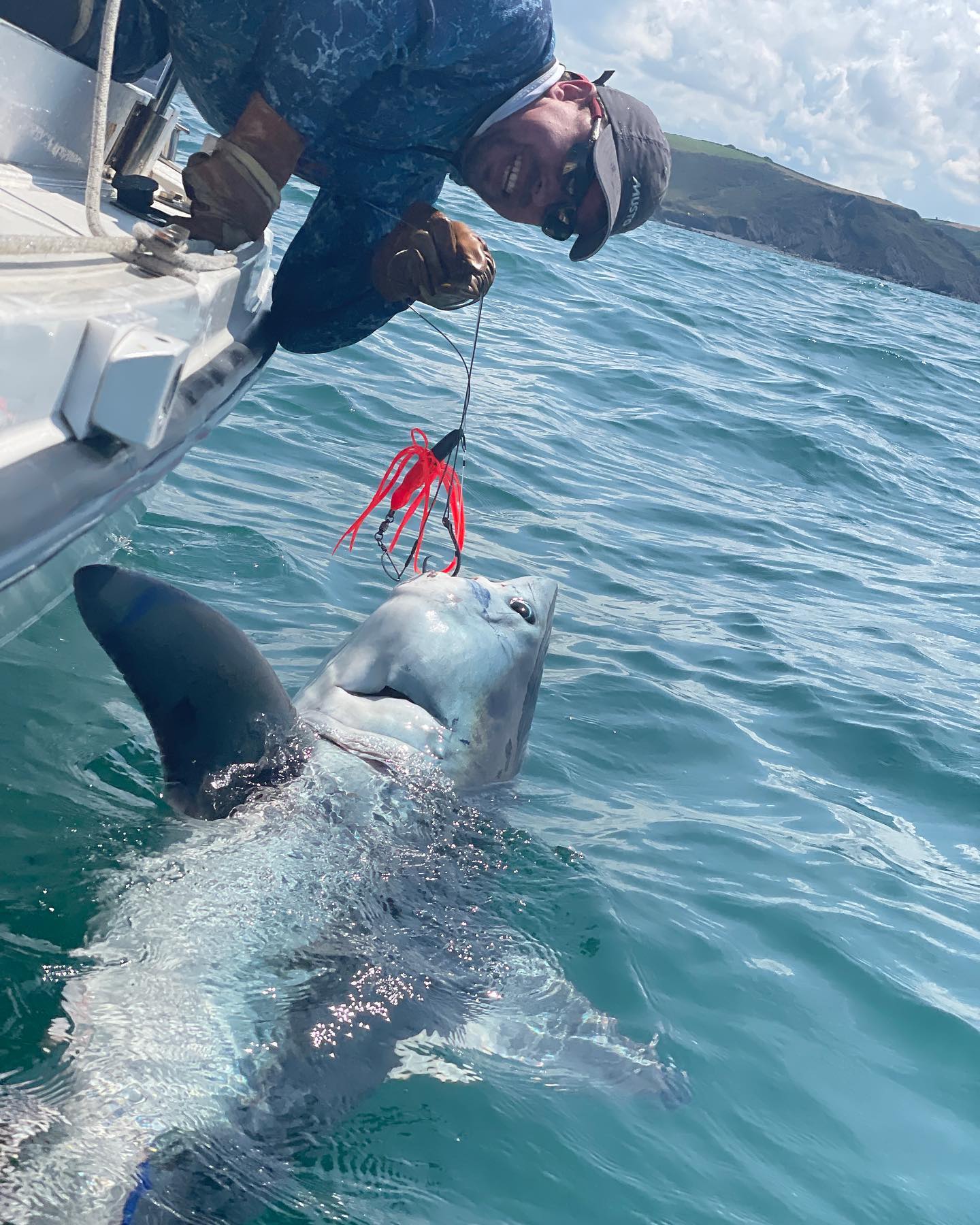
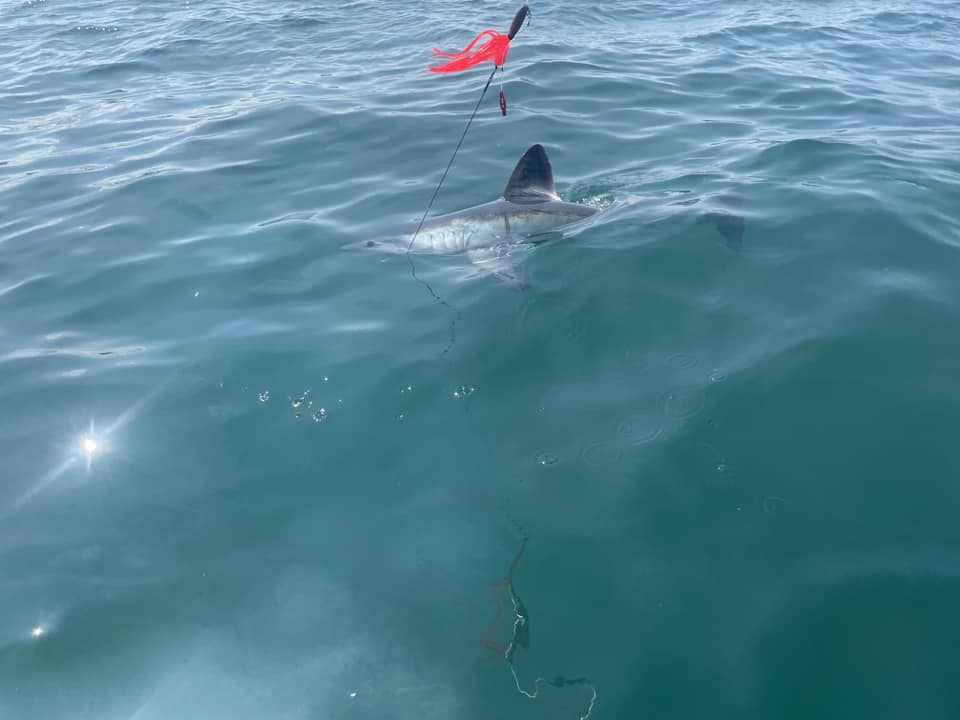
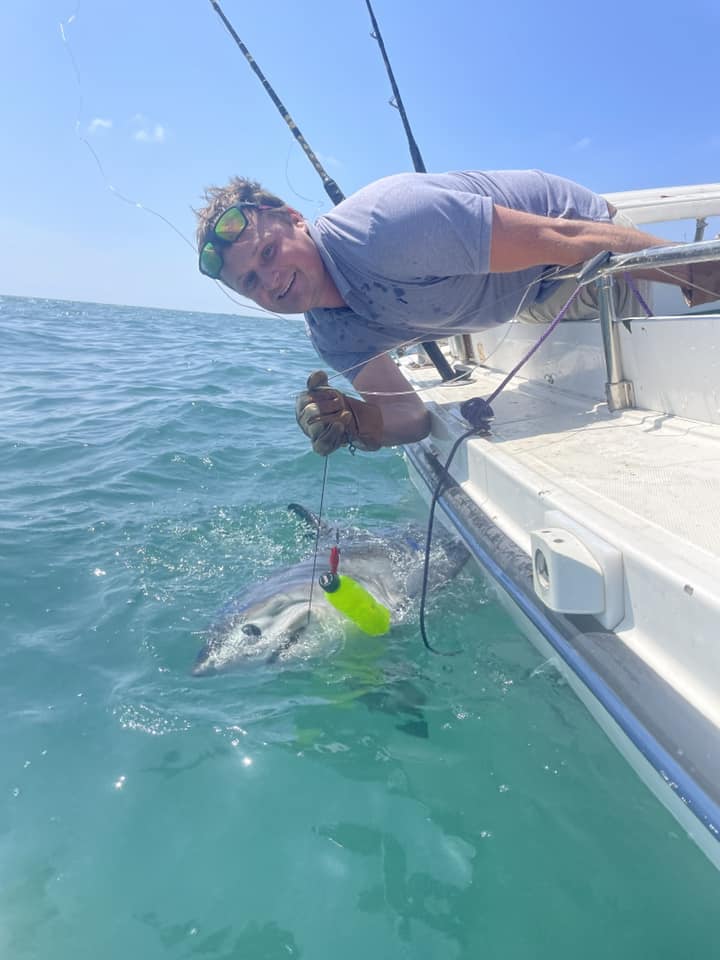
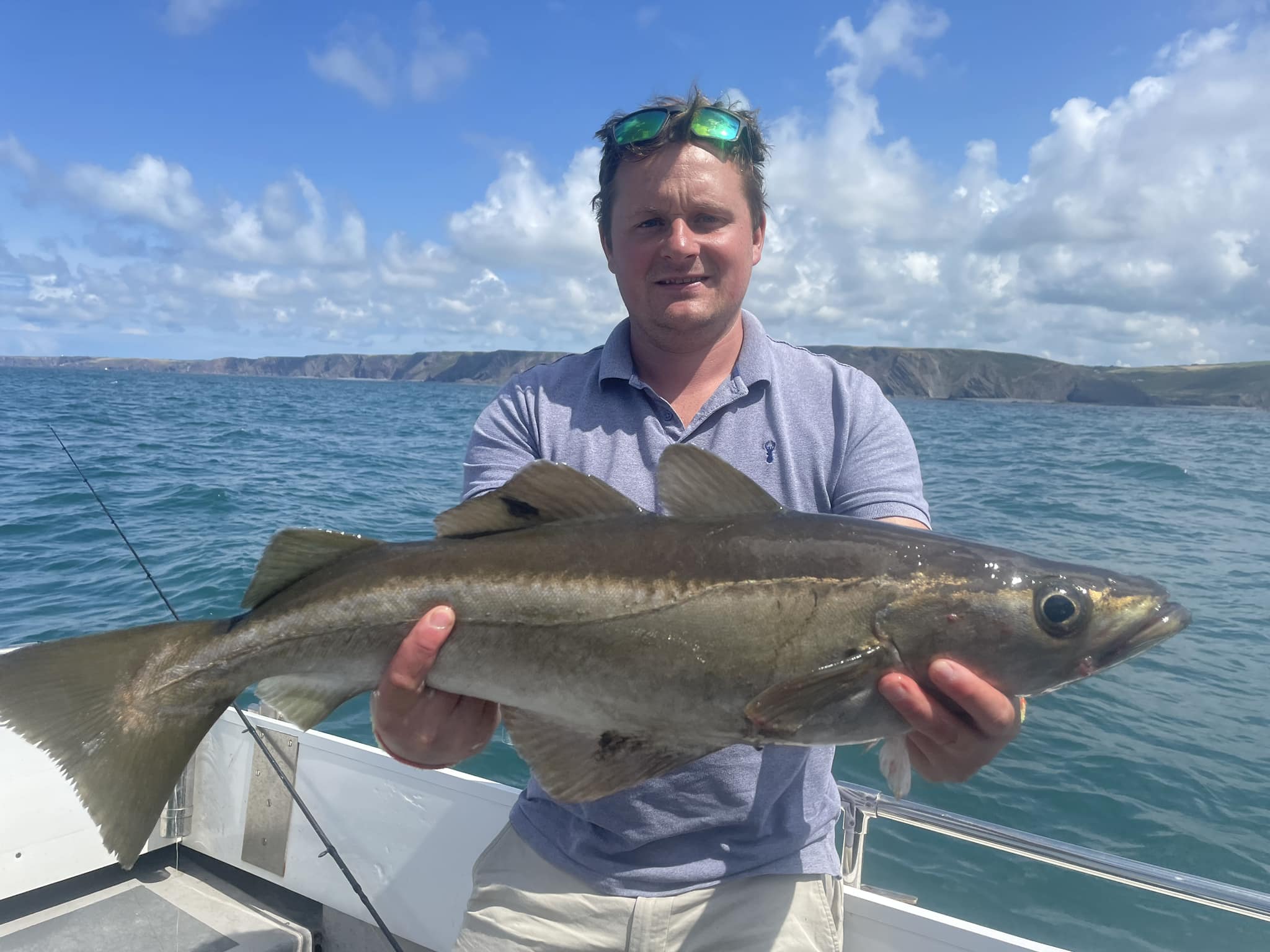
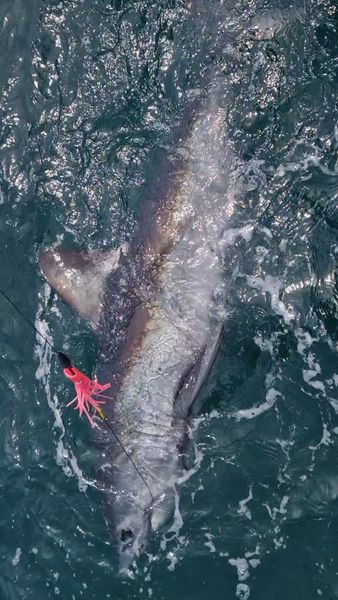
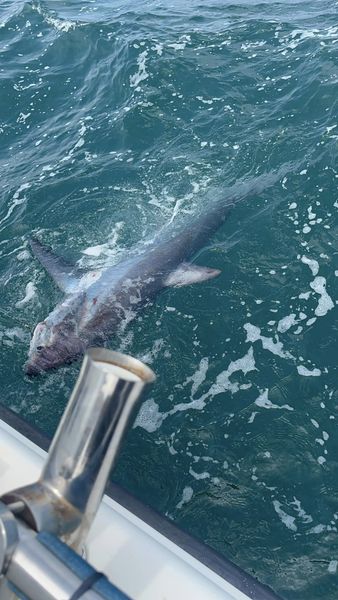
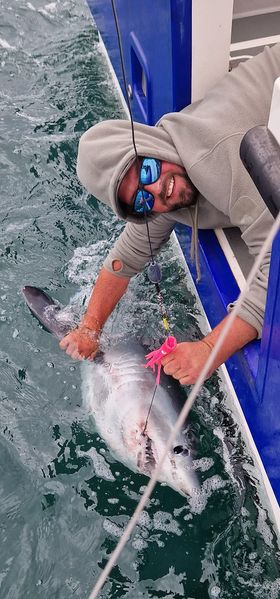


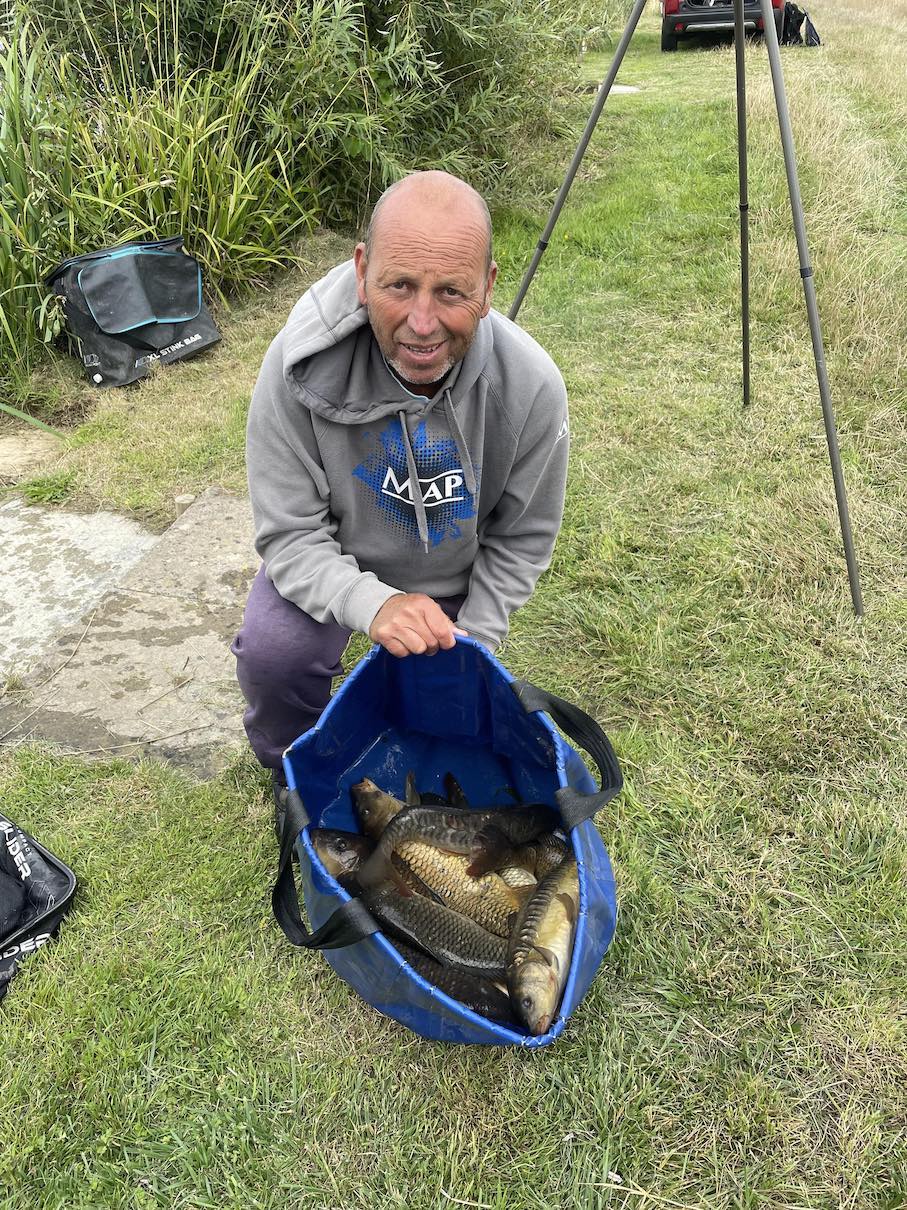
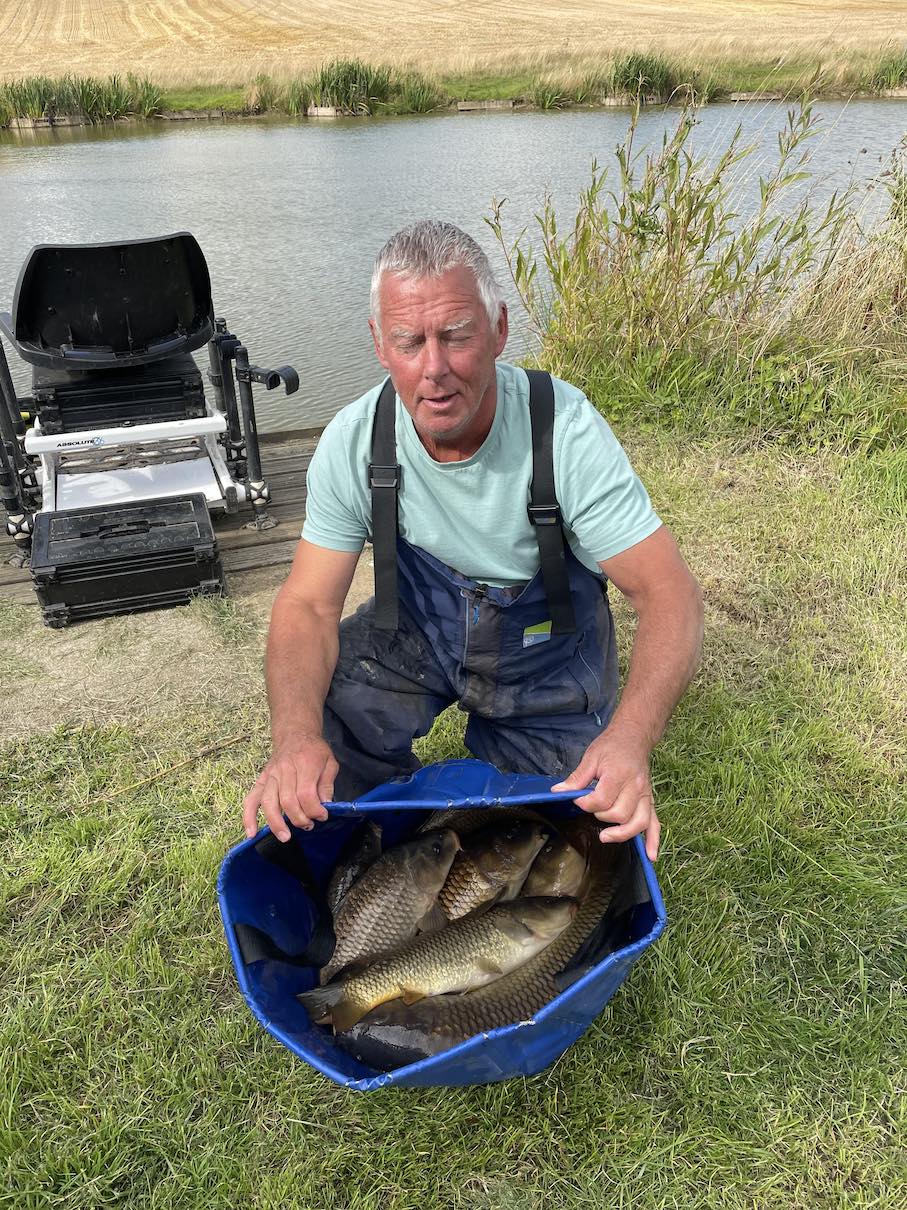
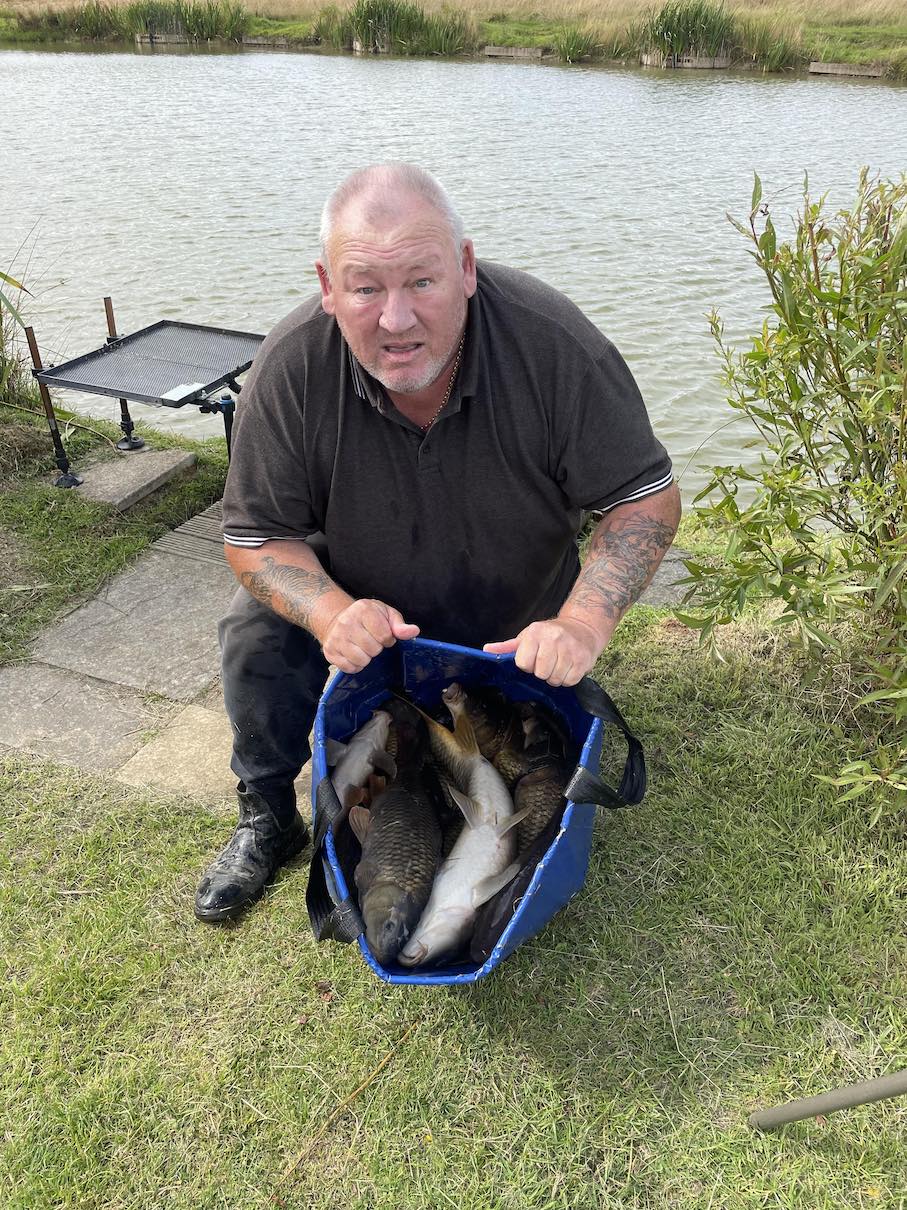
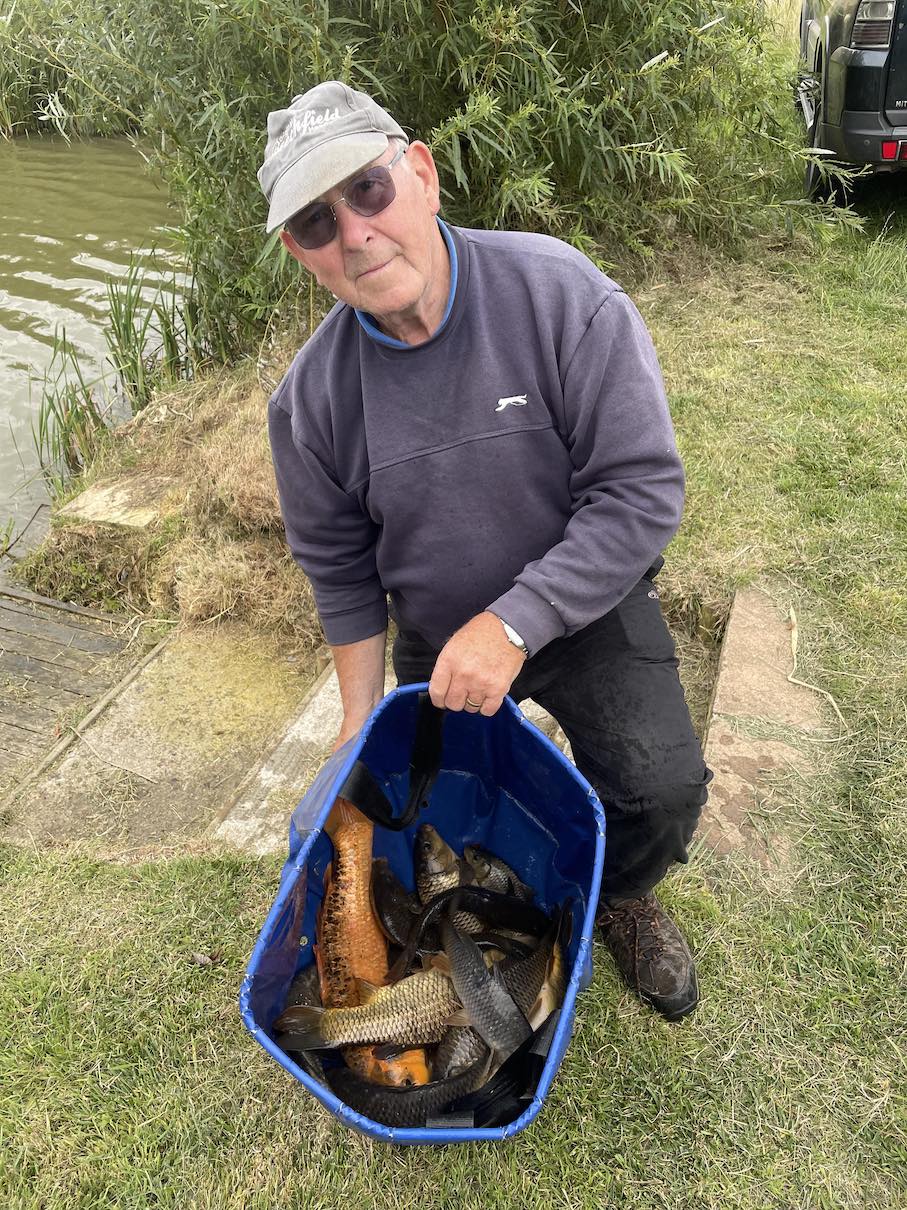

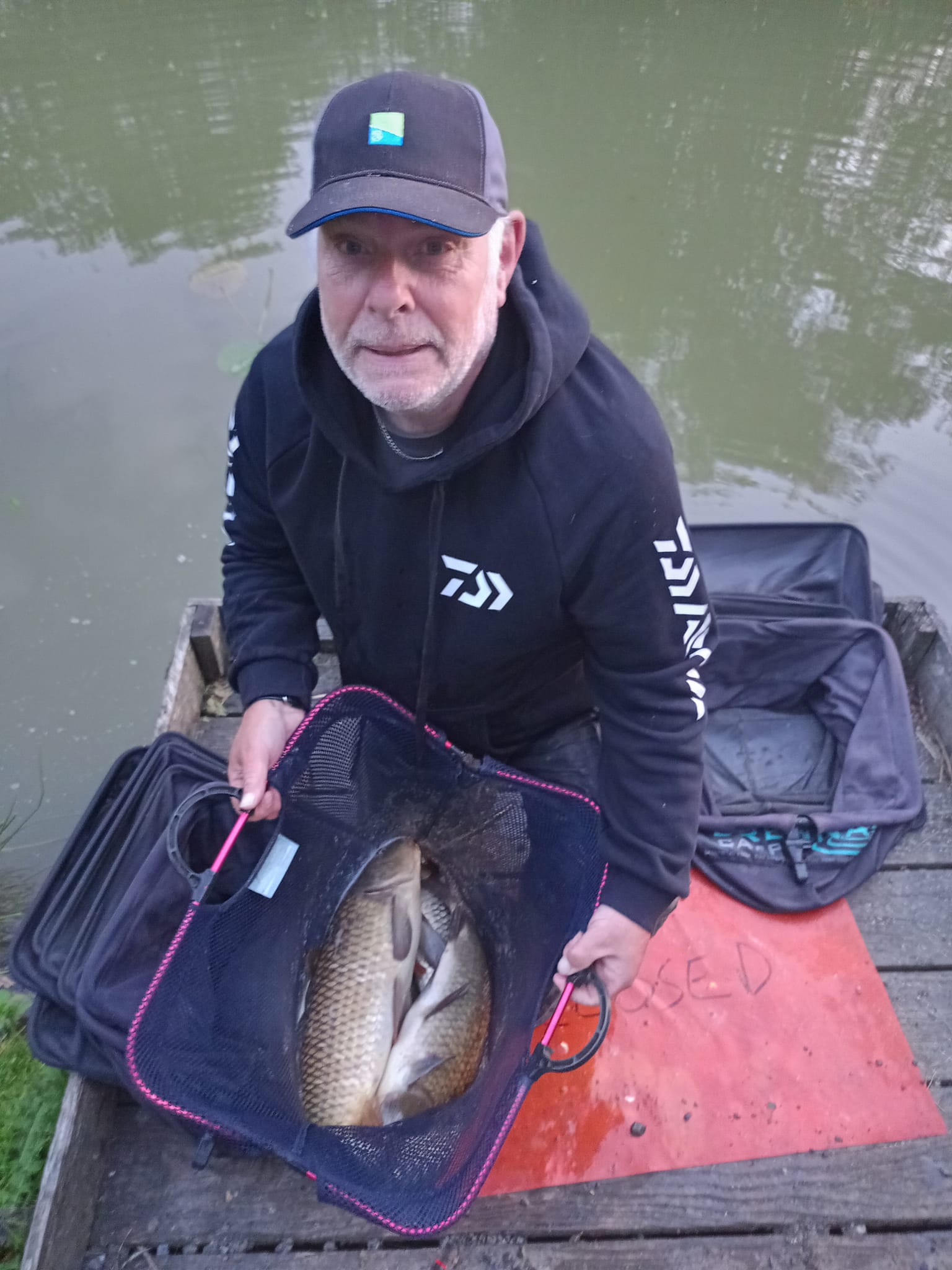
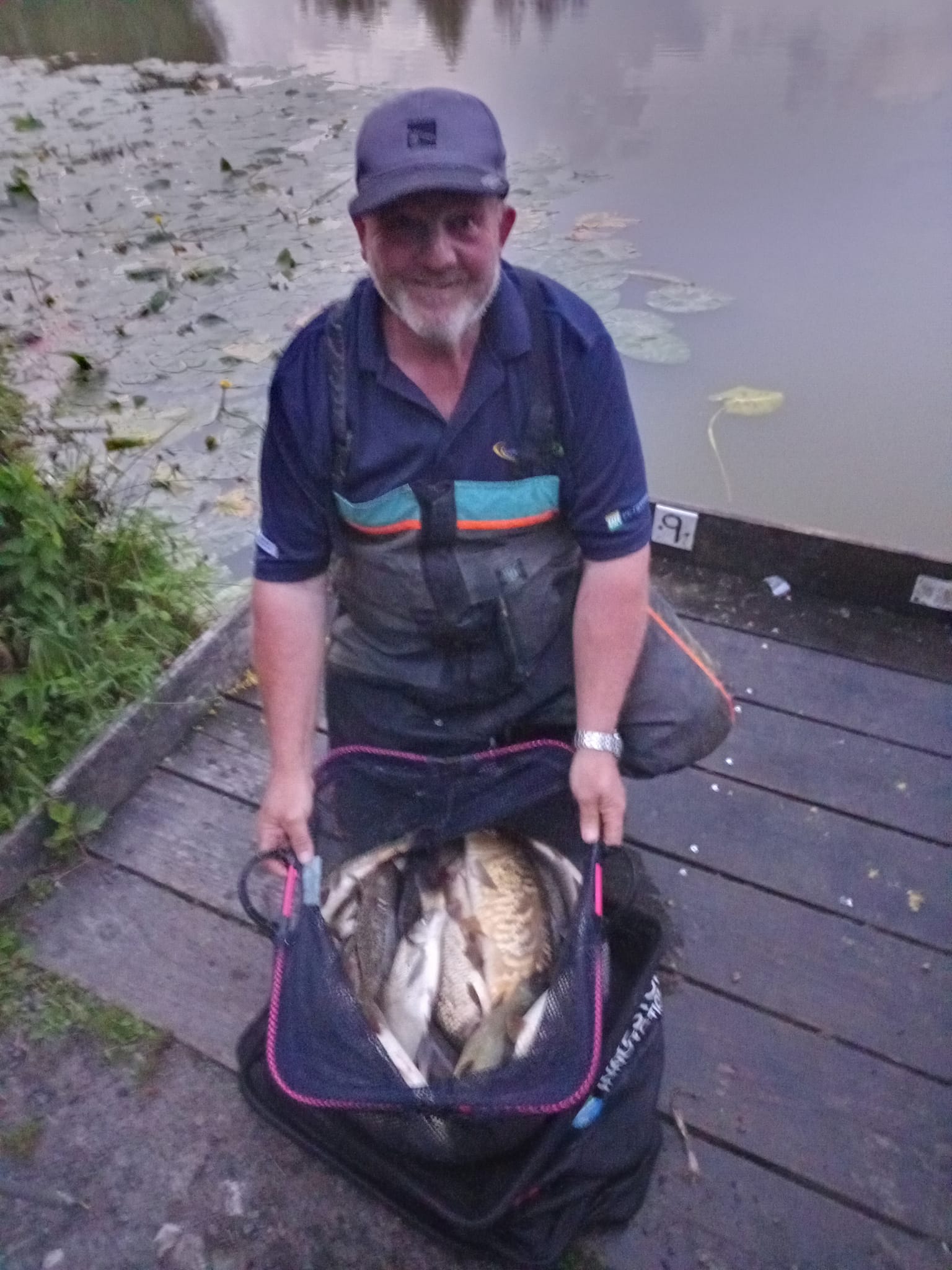
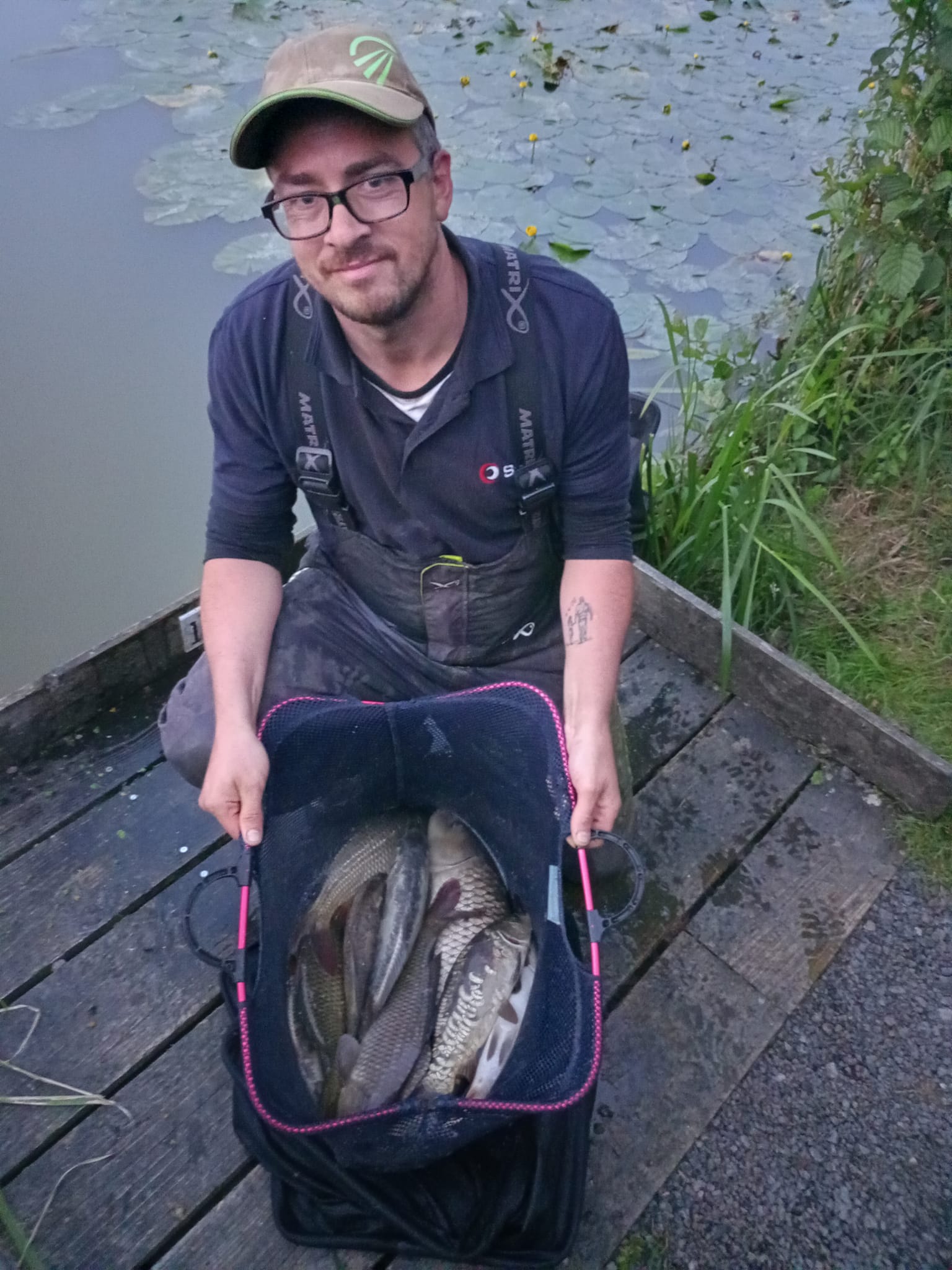
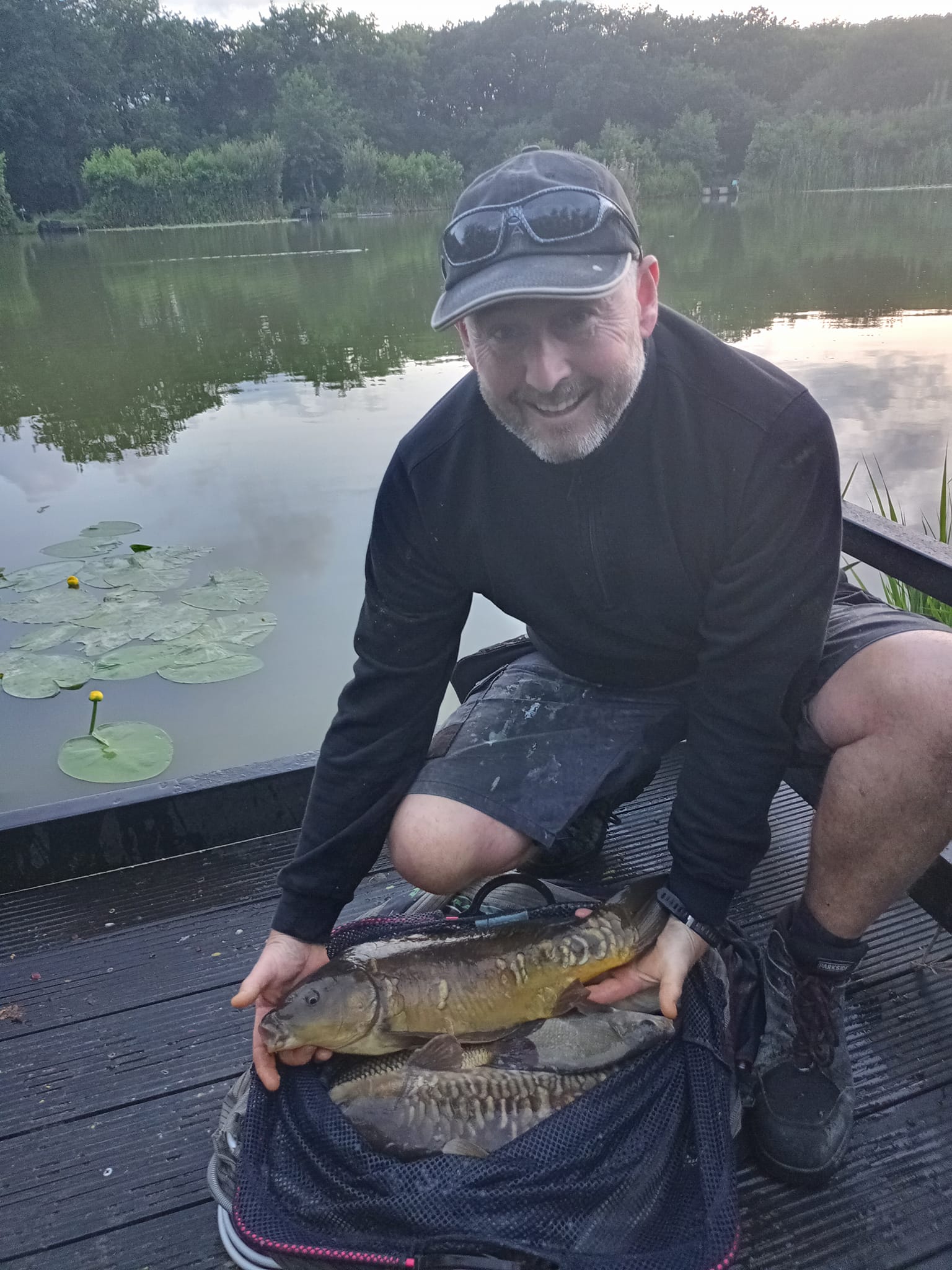
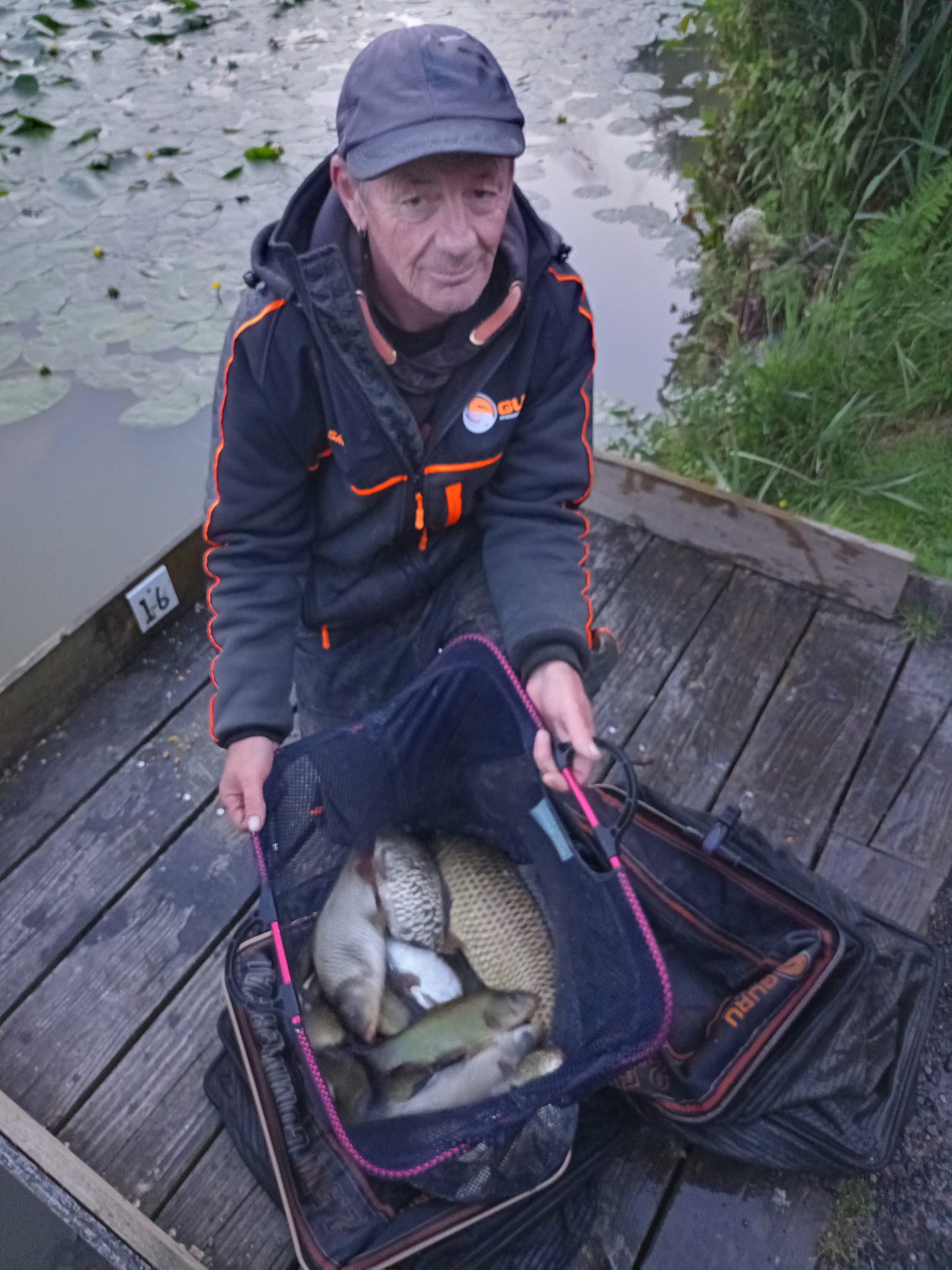
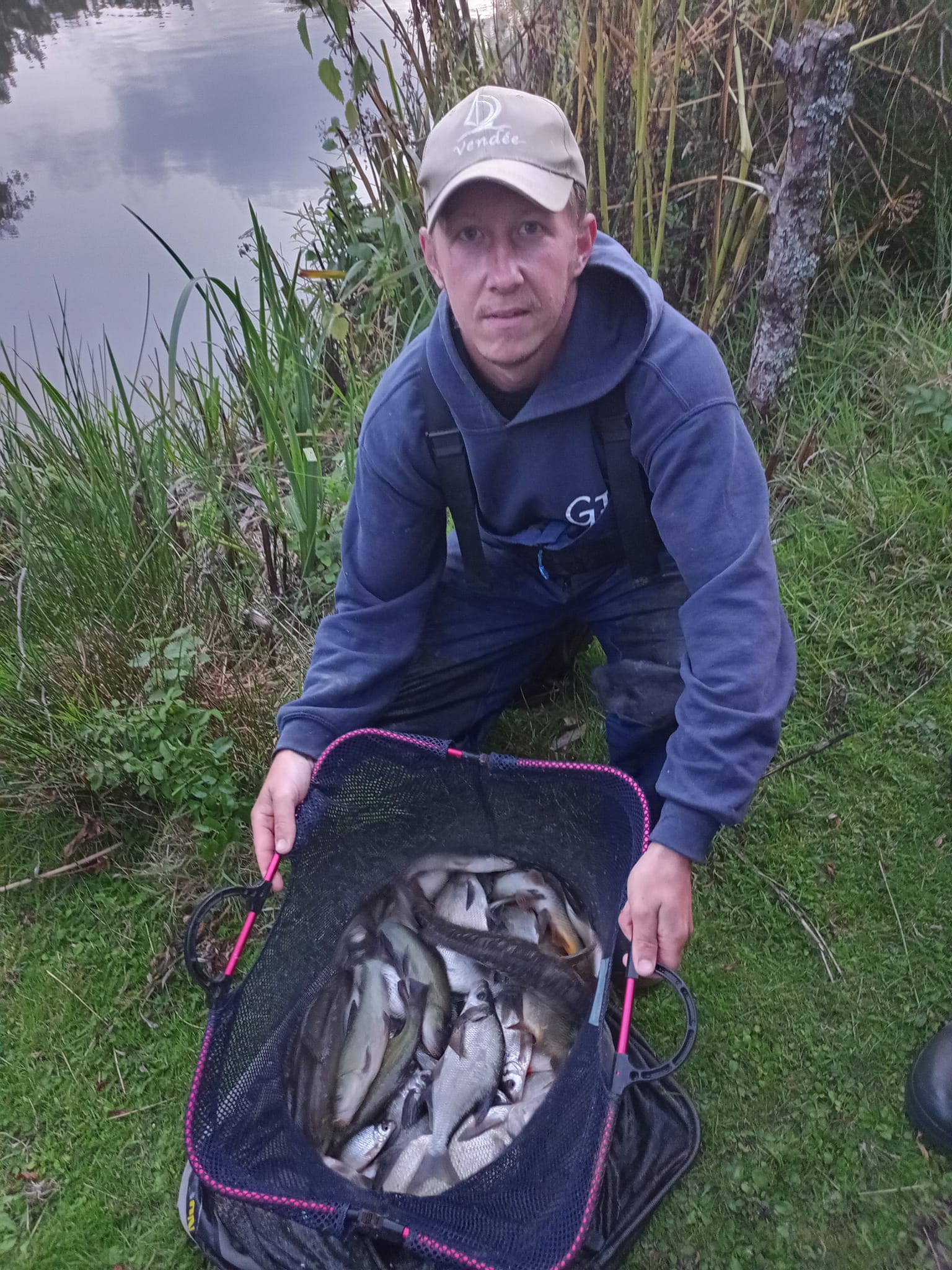
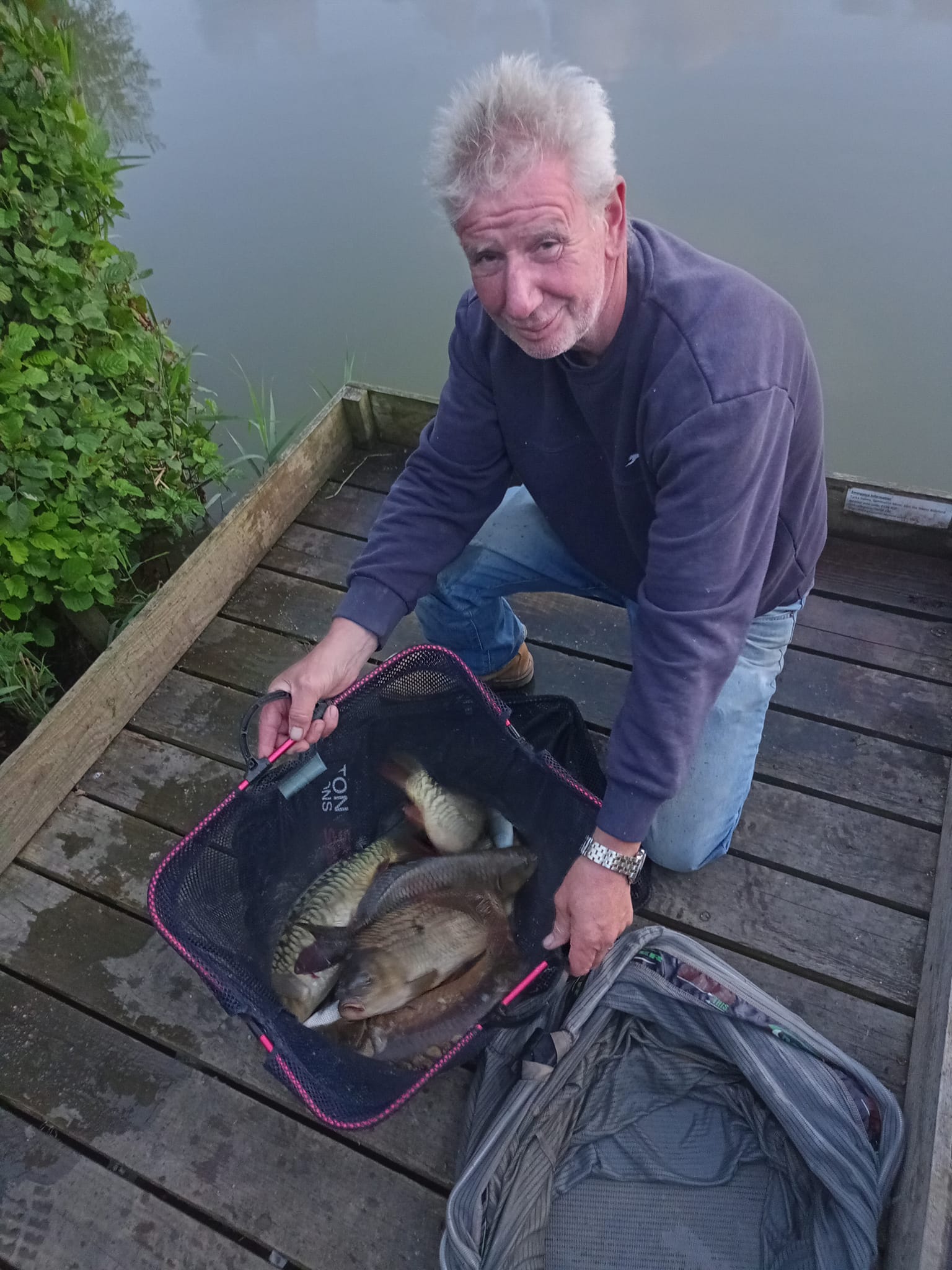
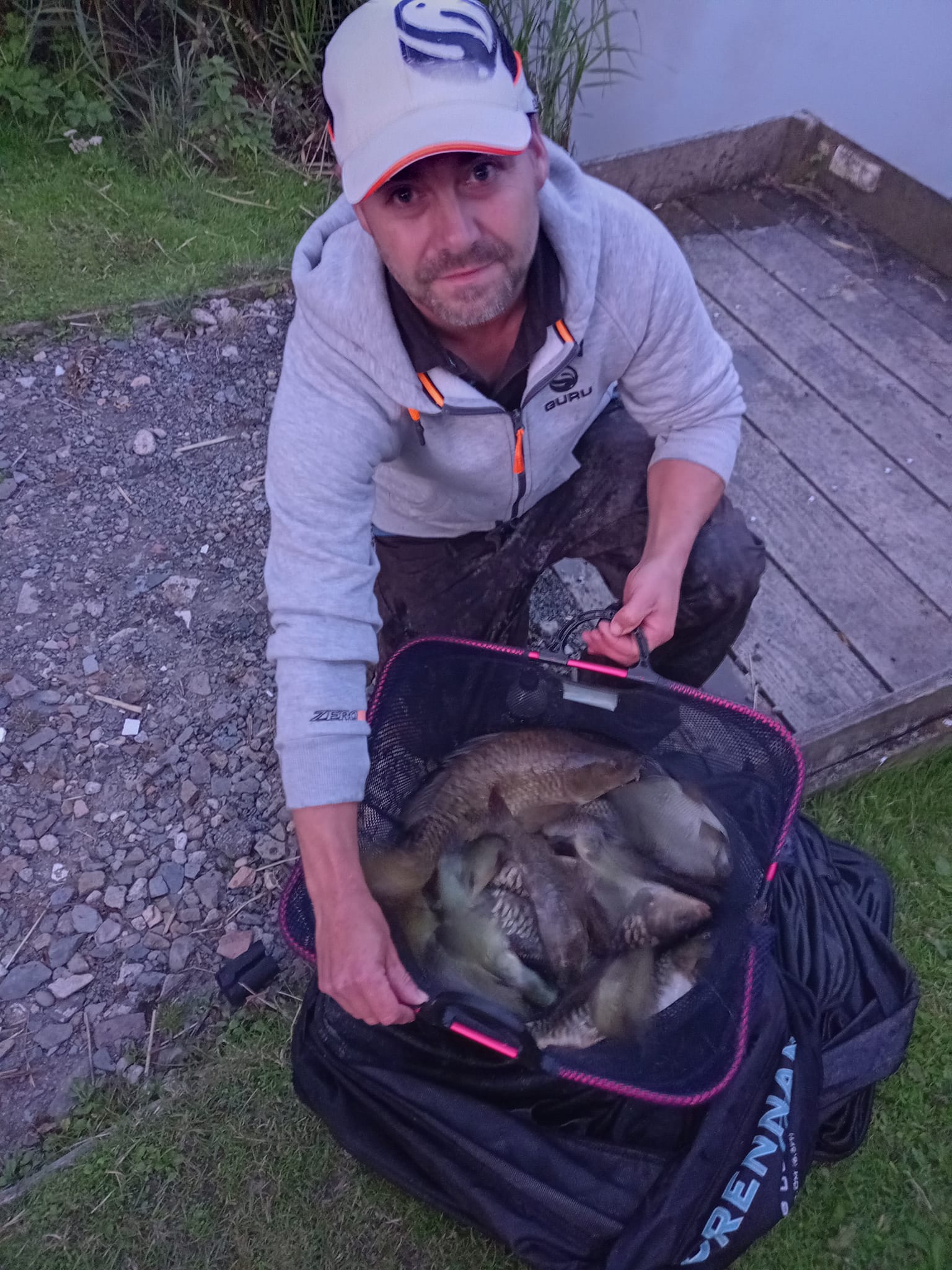
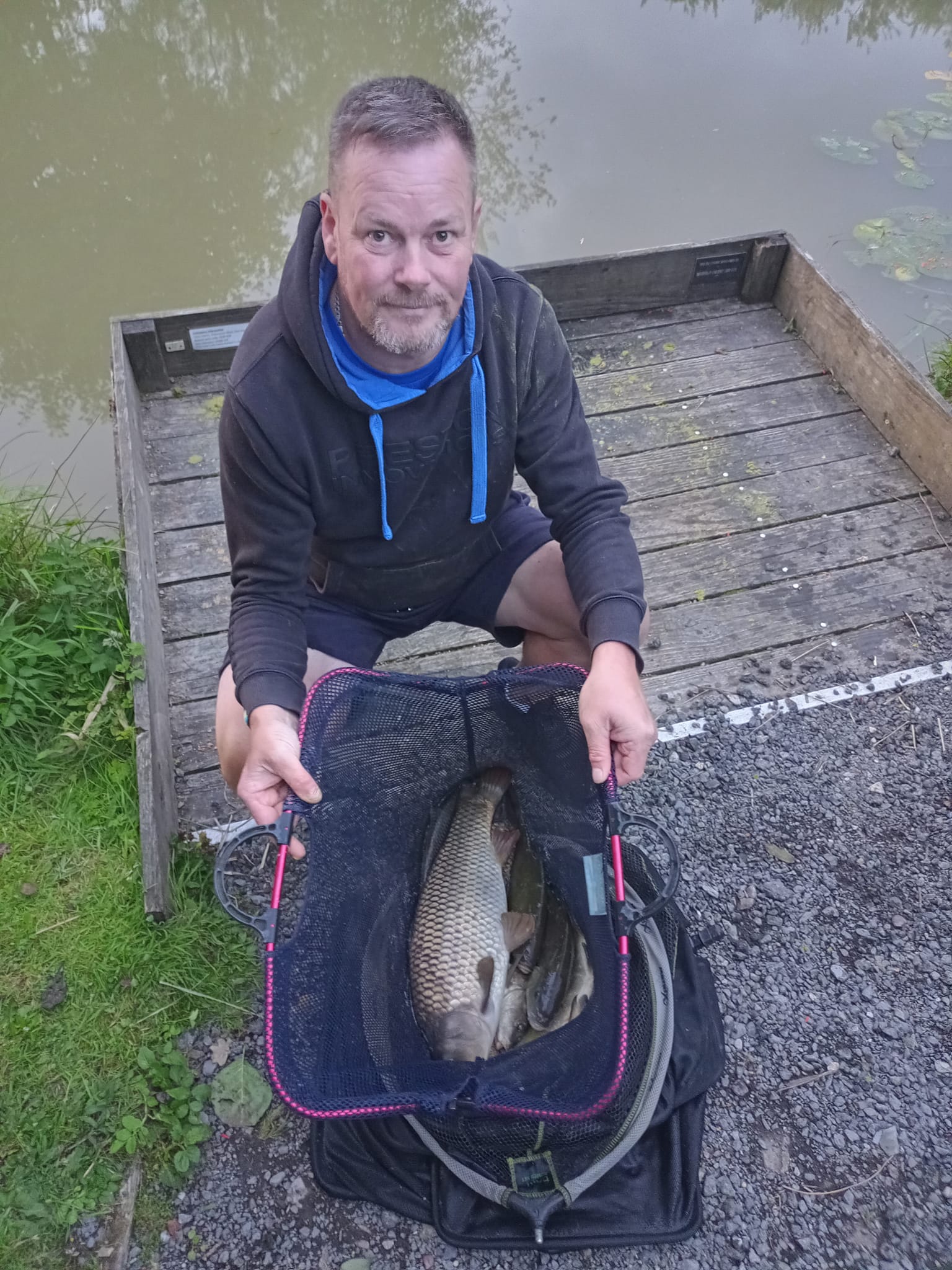
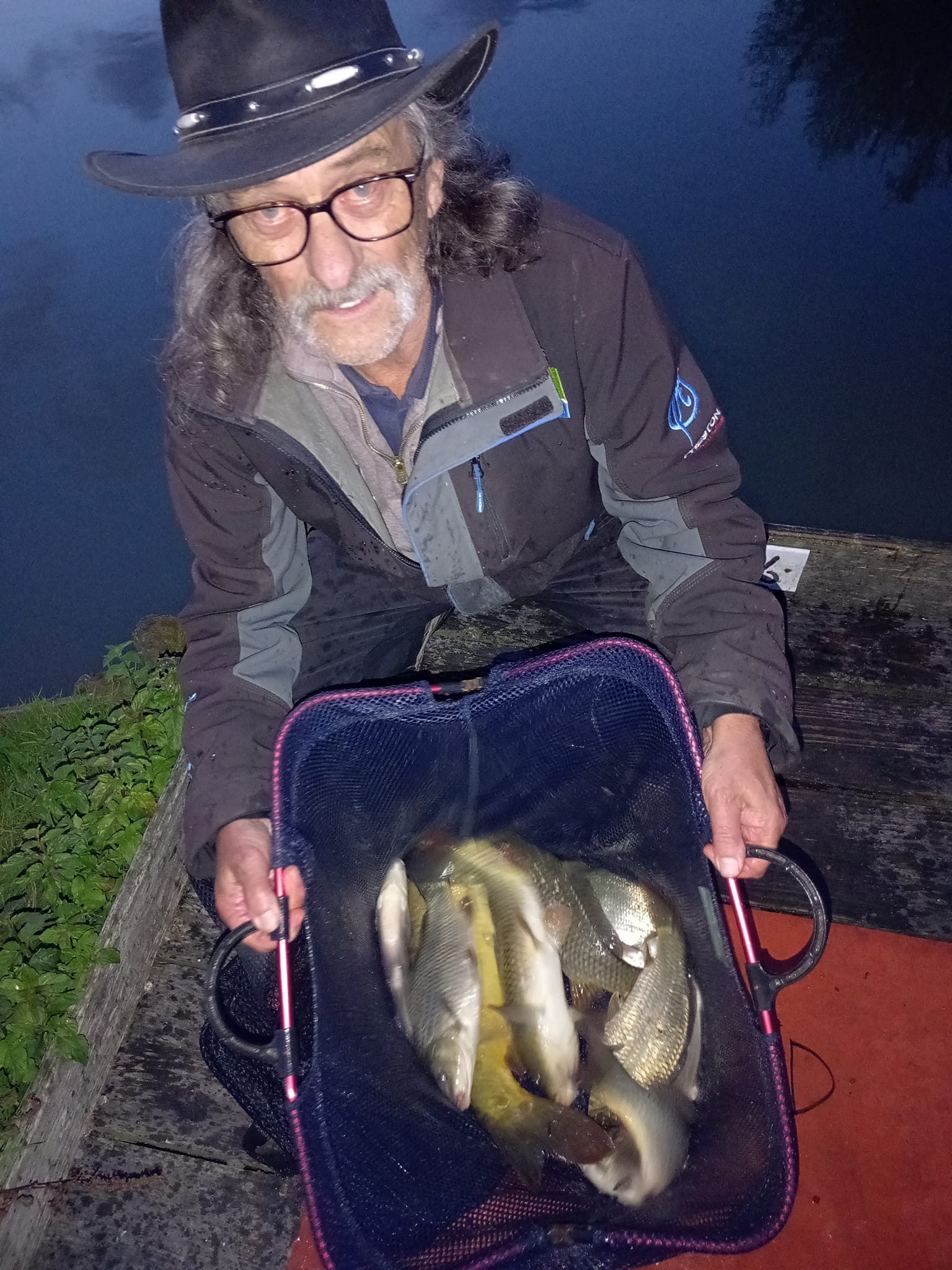
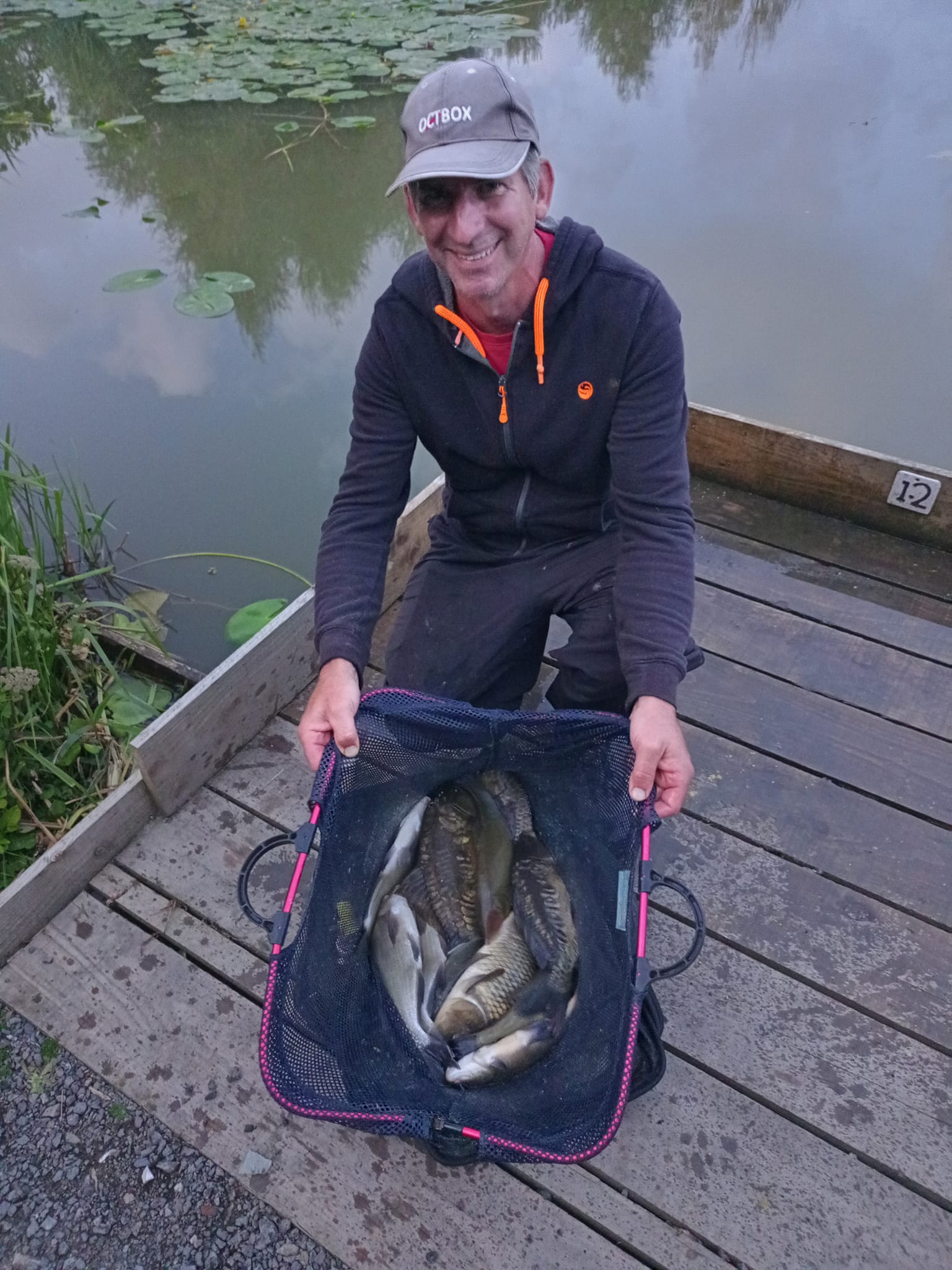
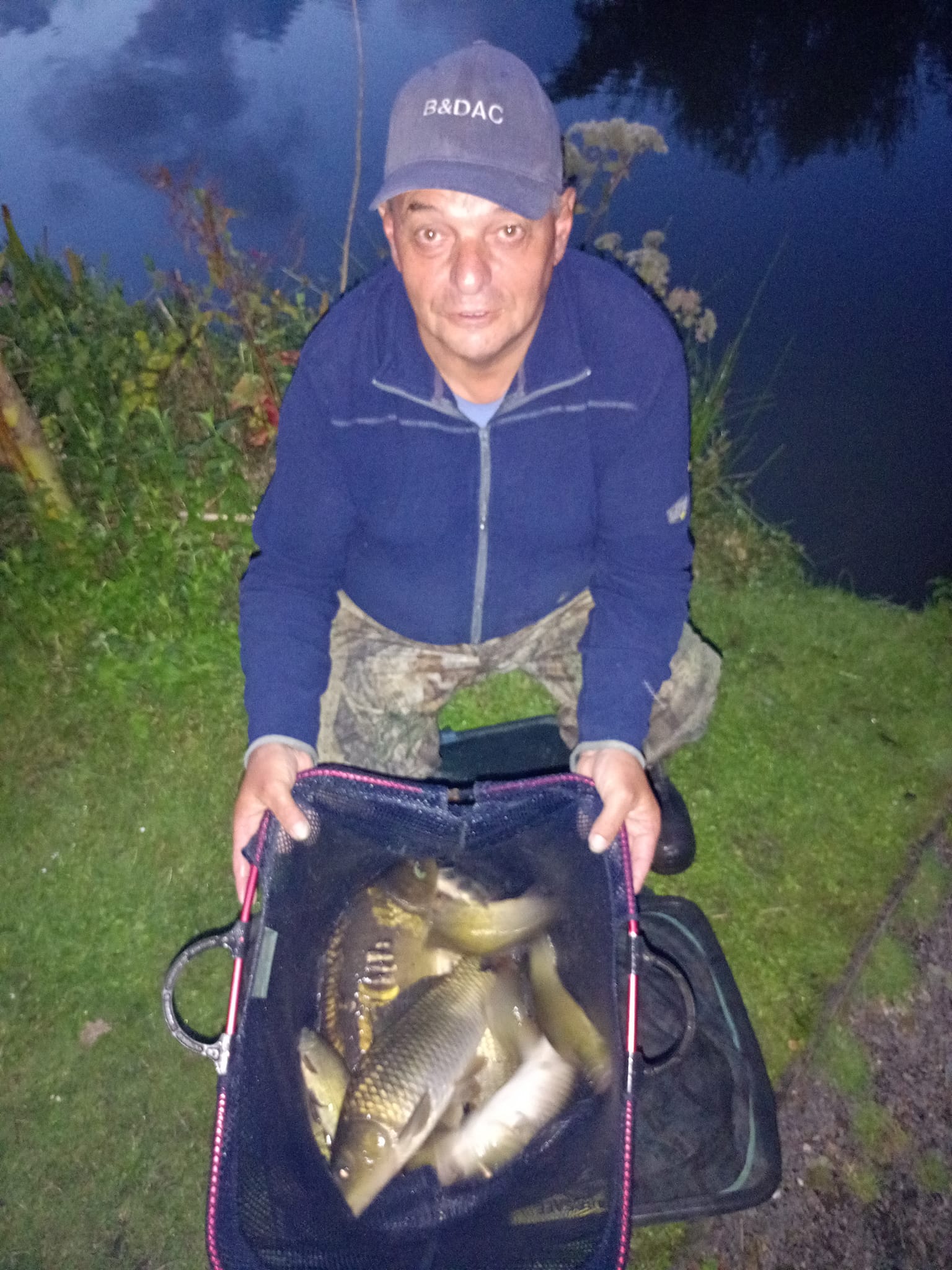
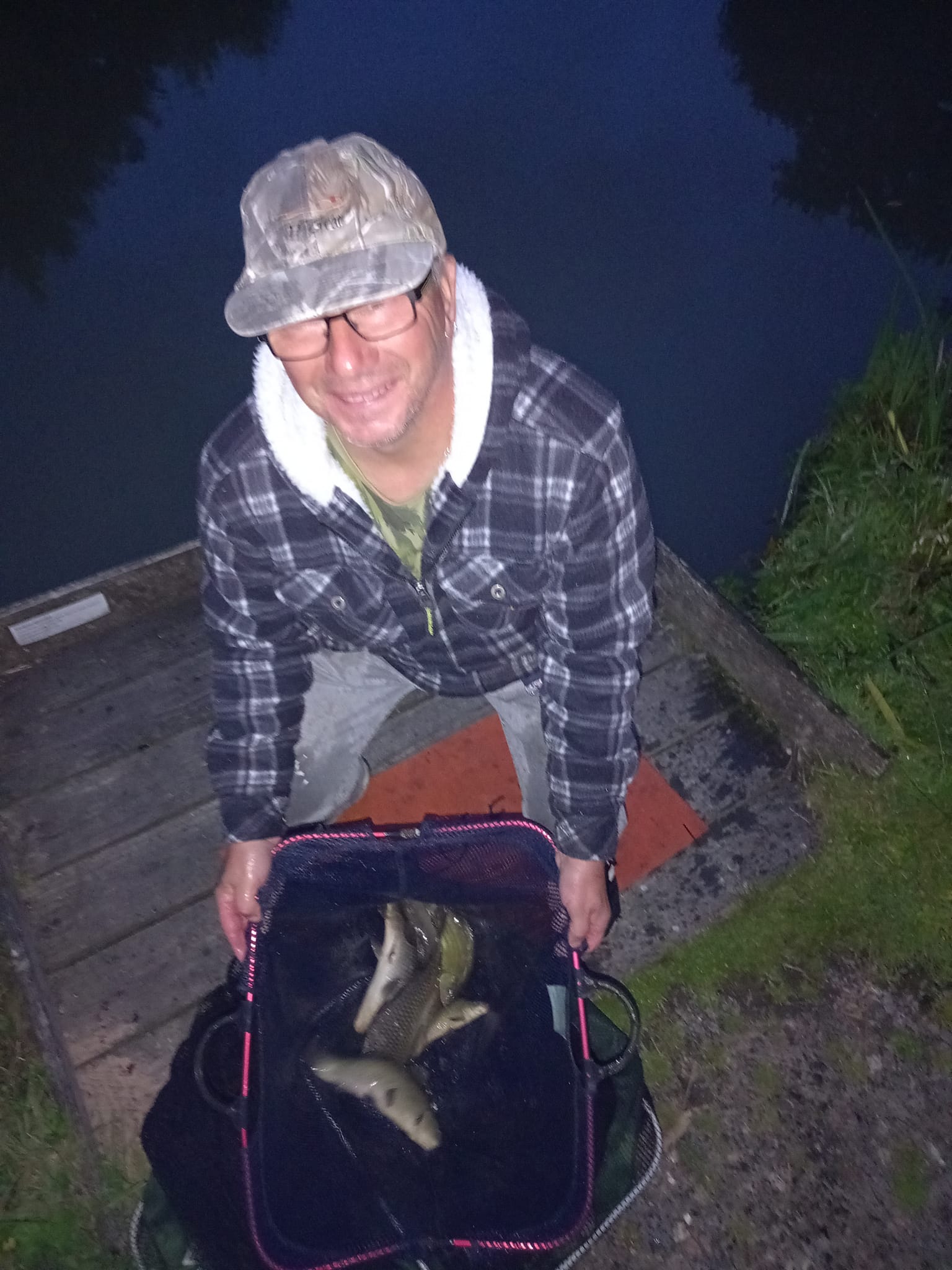
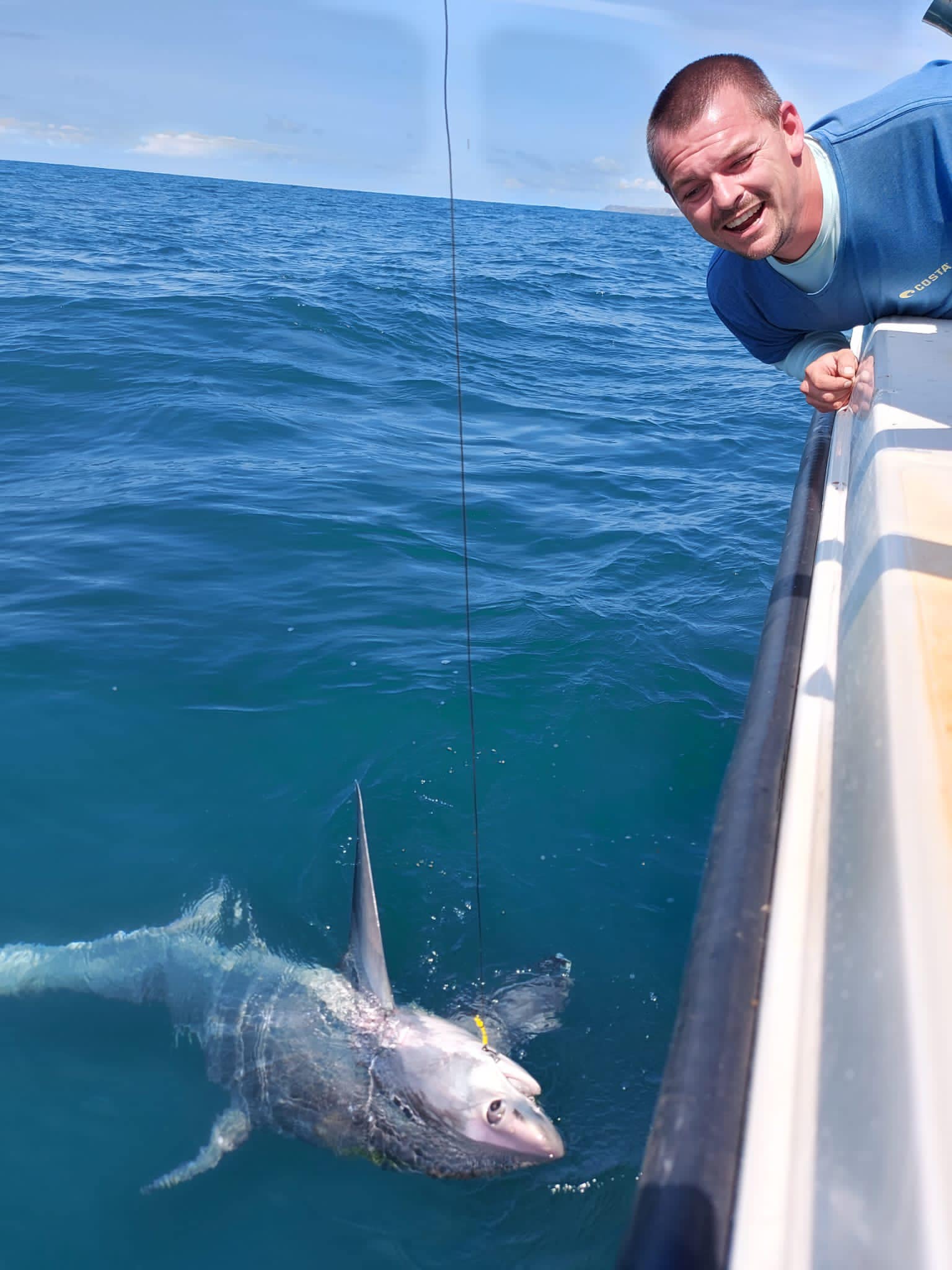
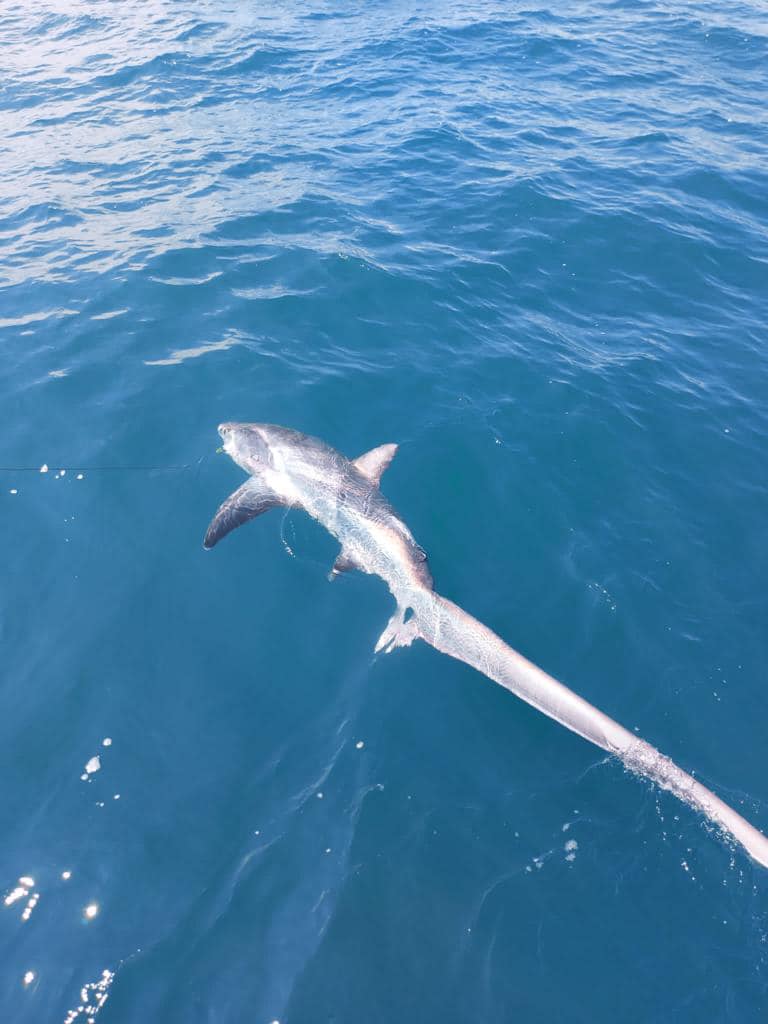
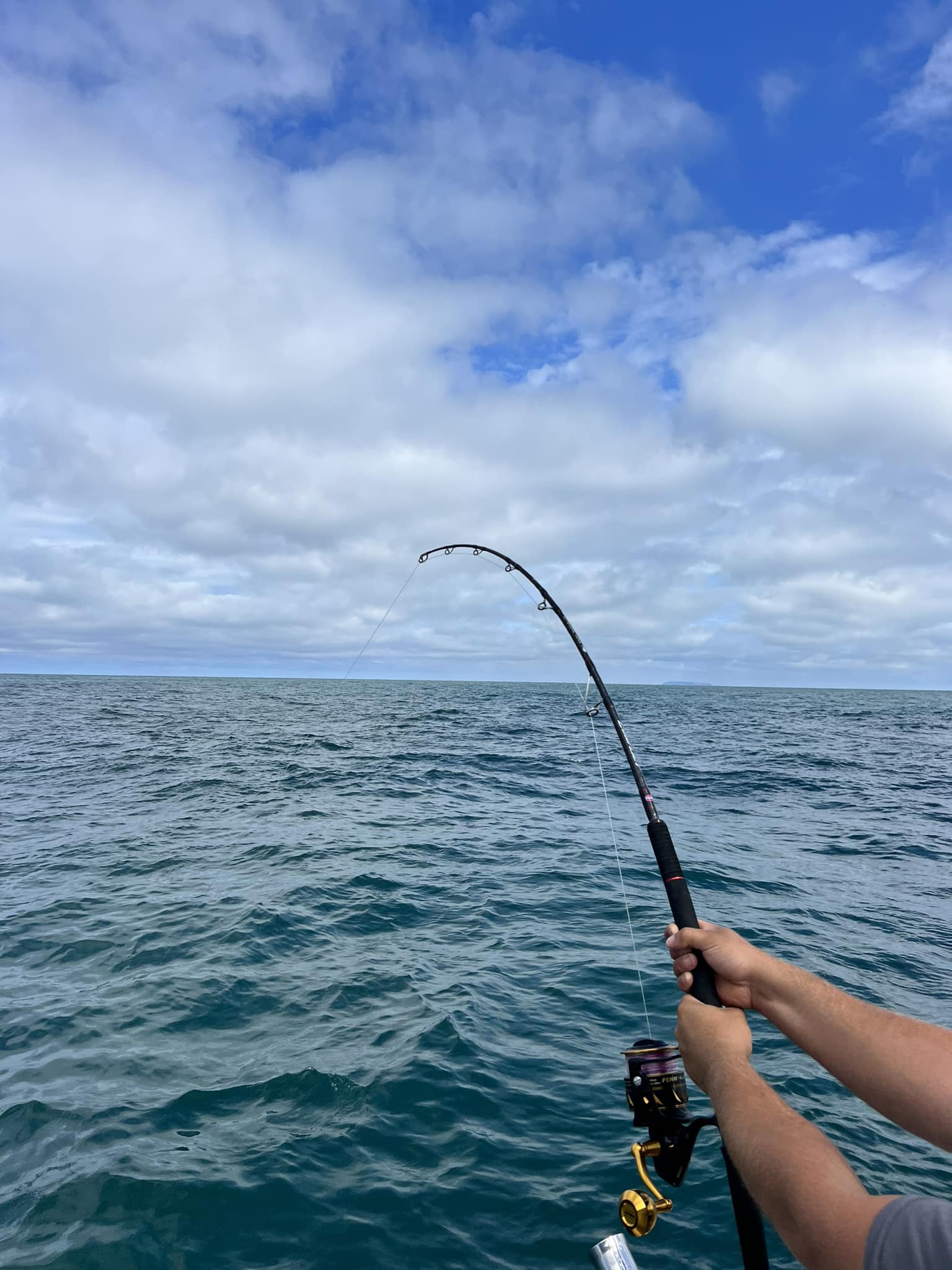
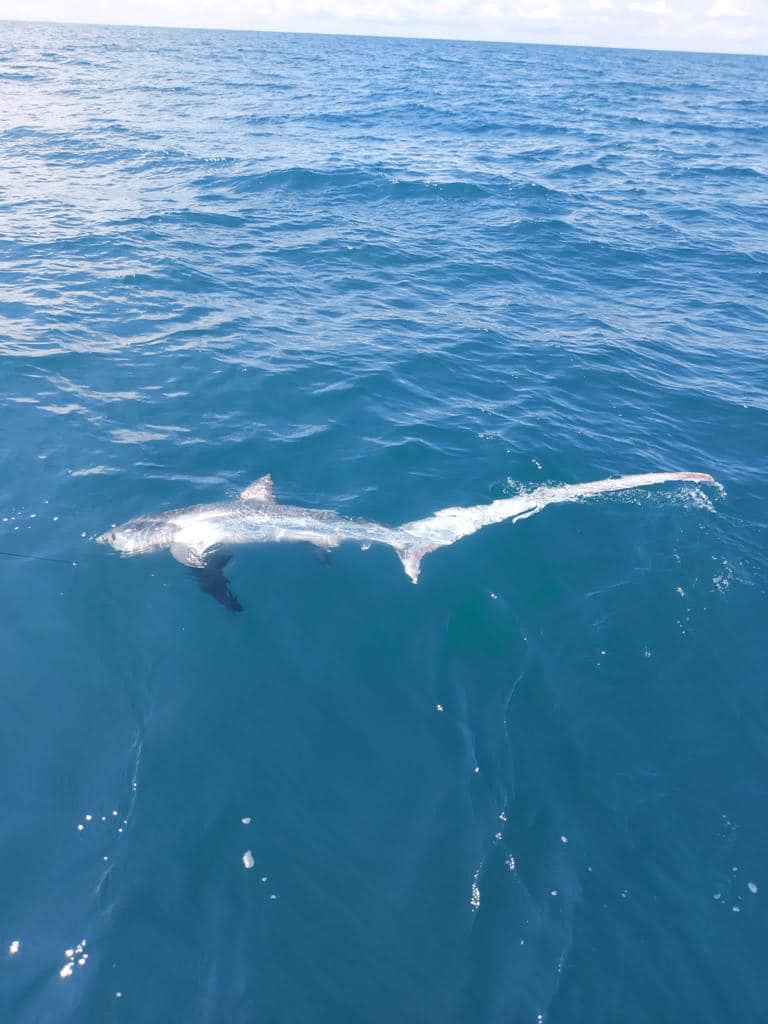
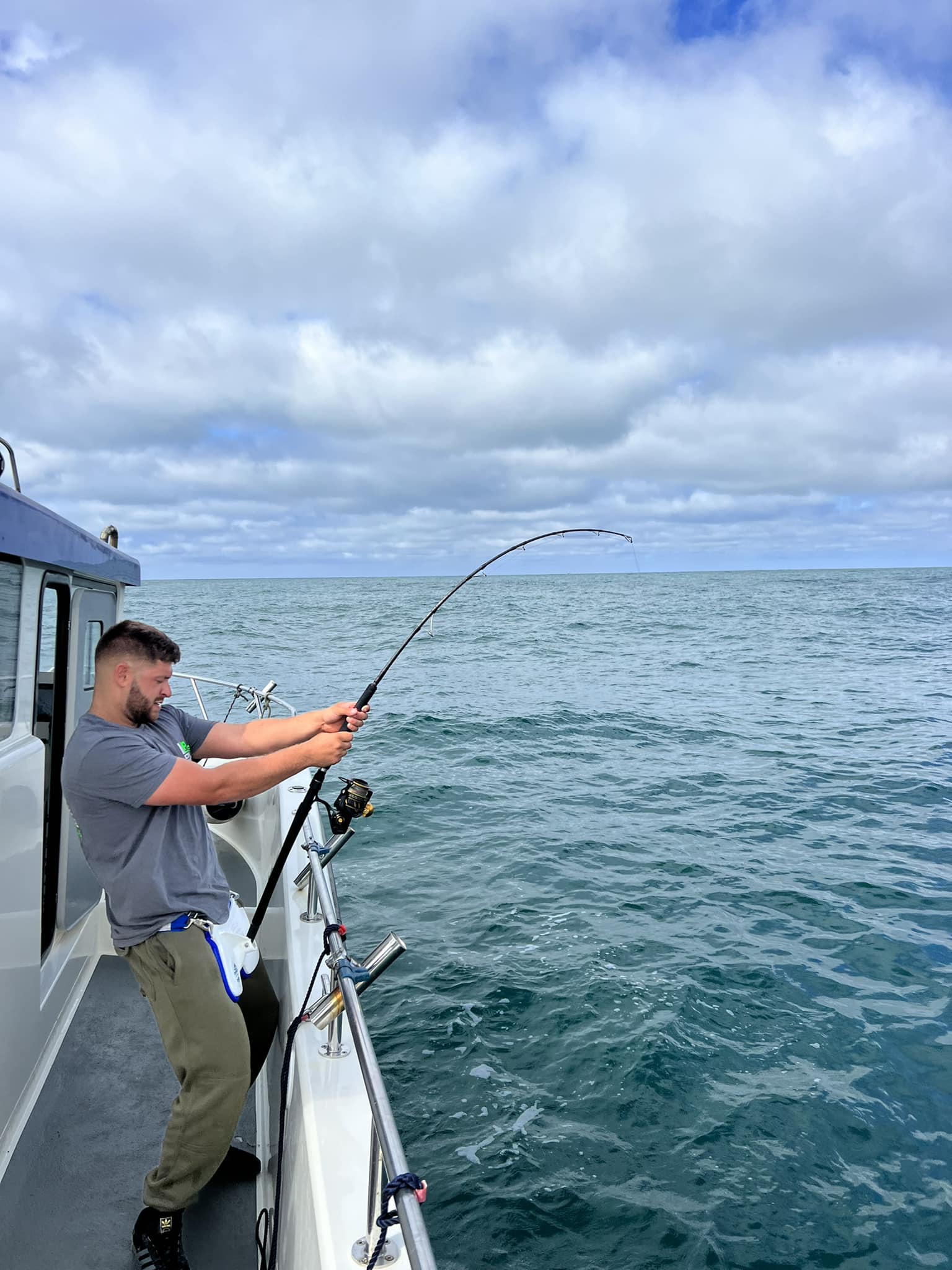
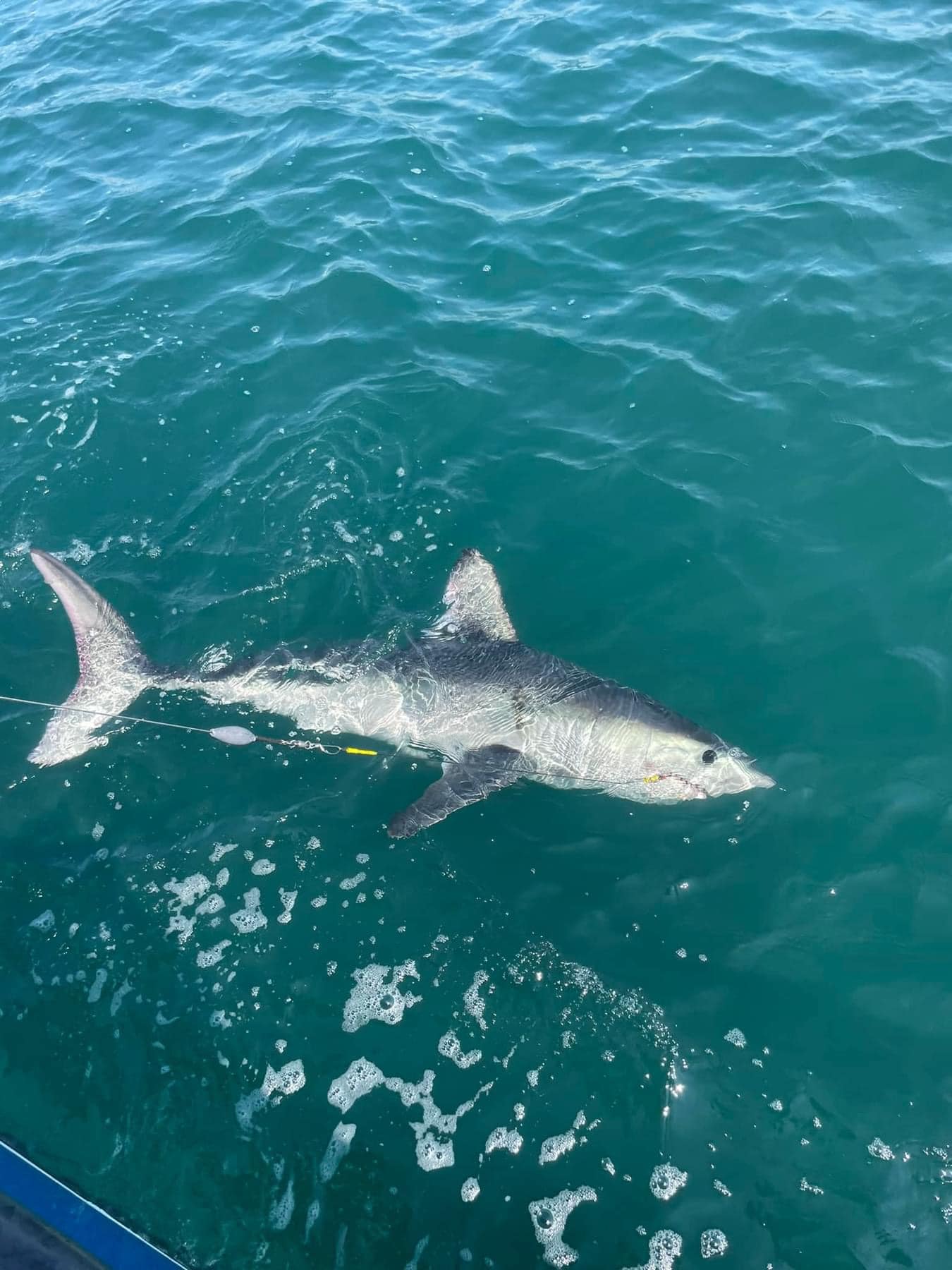
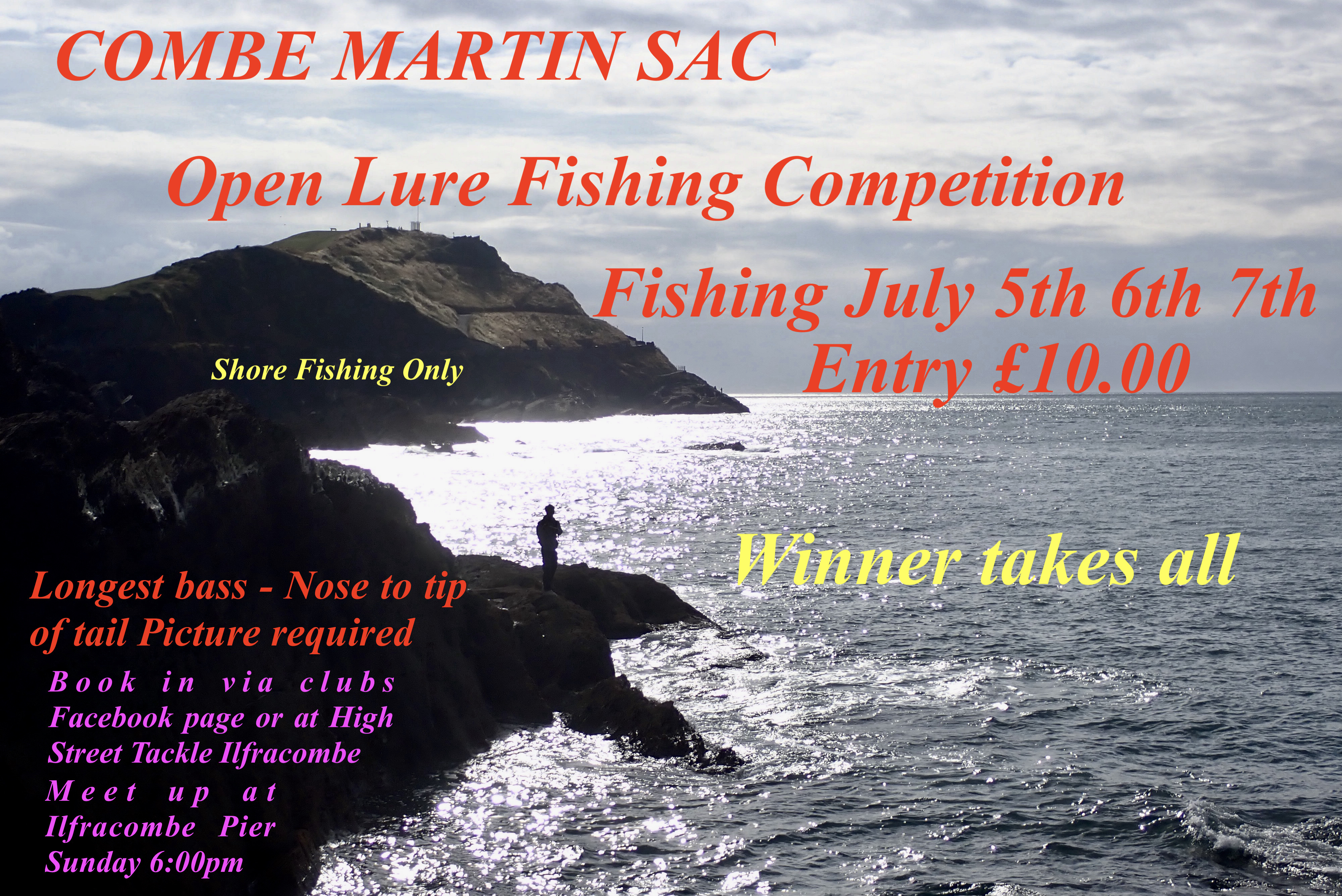 Sea anglers have been enjoying some good sport with mackerel showing in good numbers from both boat and shore at Ilfracombe. After several poor years it is good to see mackerel feasting on shoals of sandeels.
Sea anglers have been enjoying some good sport with mackerel showing in good numbers from both boat and shore at Ilfracombe. After several poor years it is good to see mackerel feasting on shoals of sandeels.